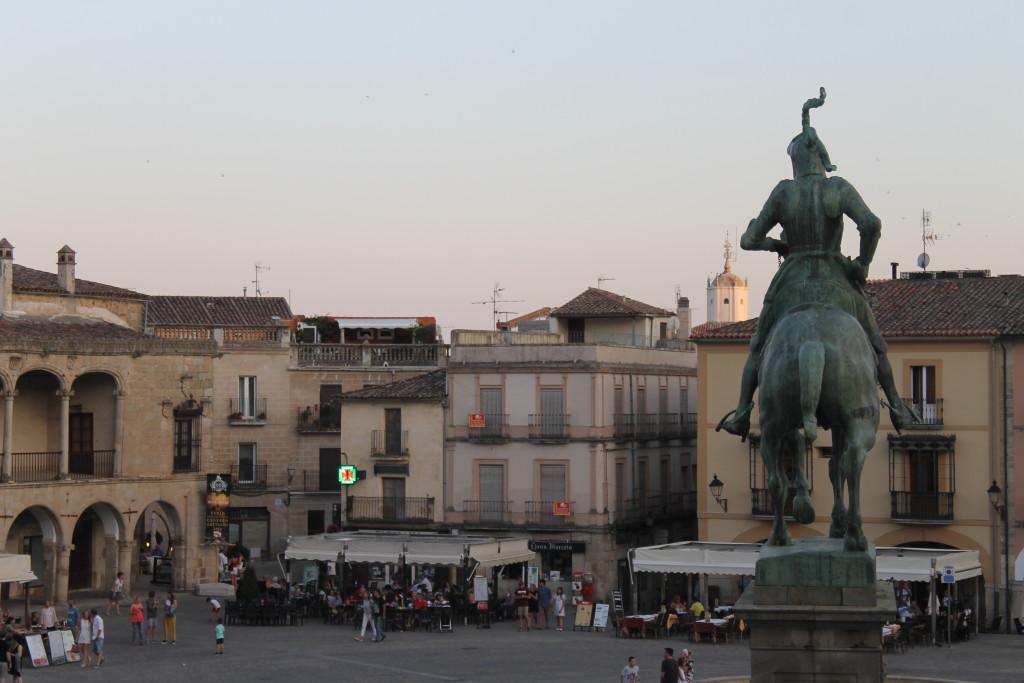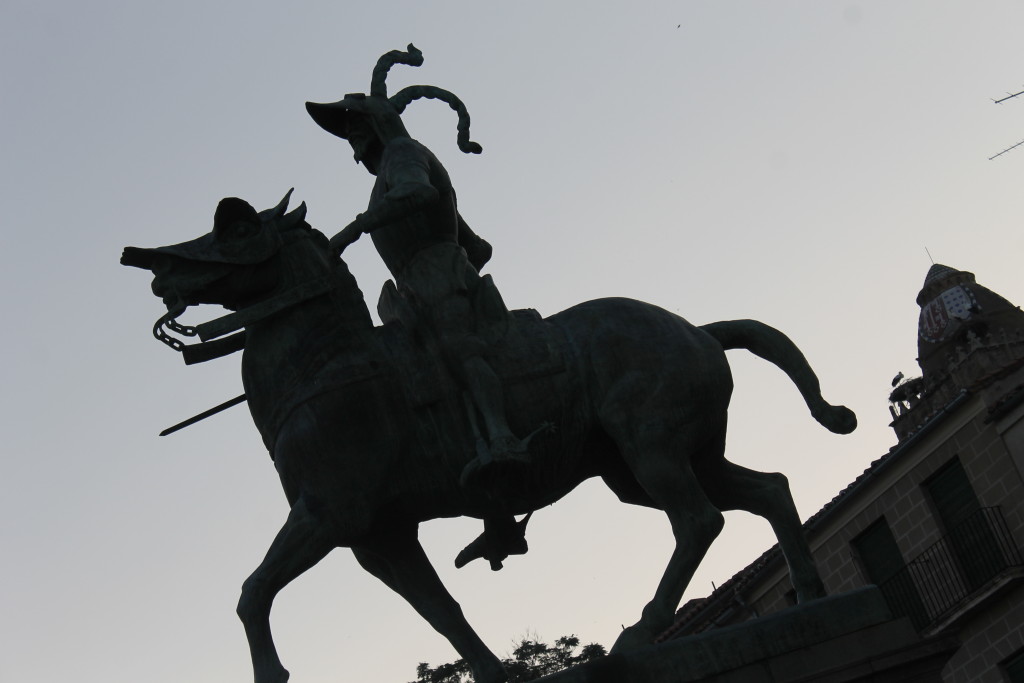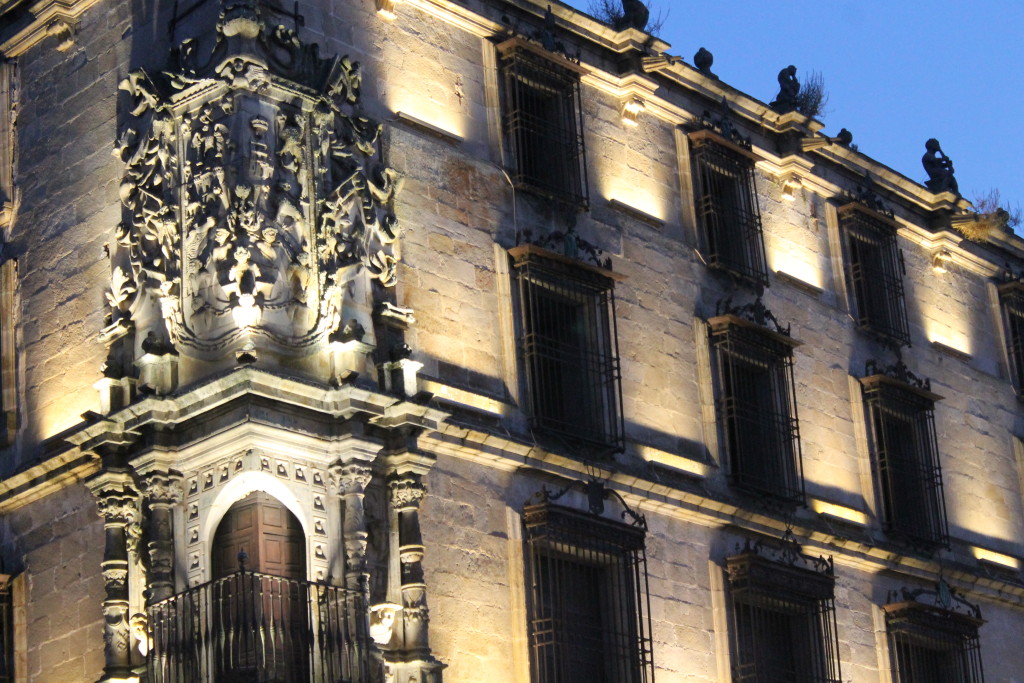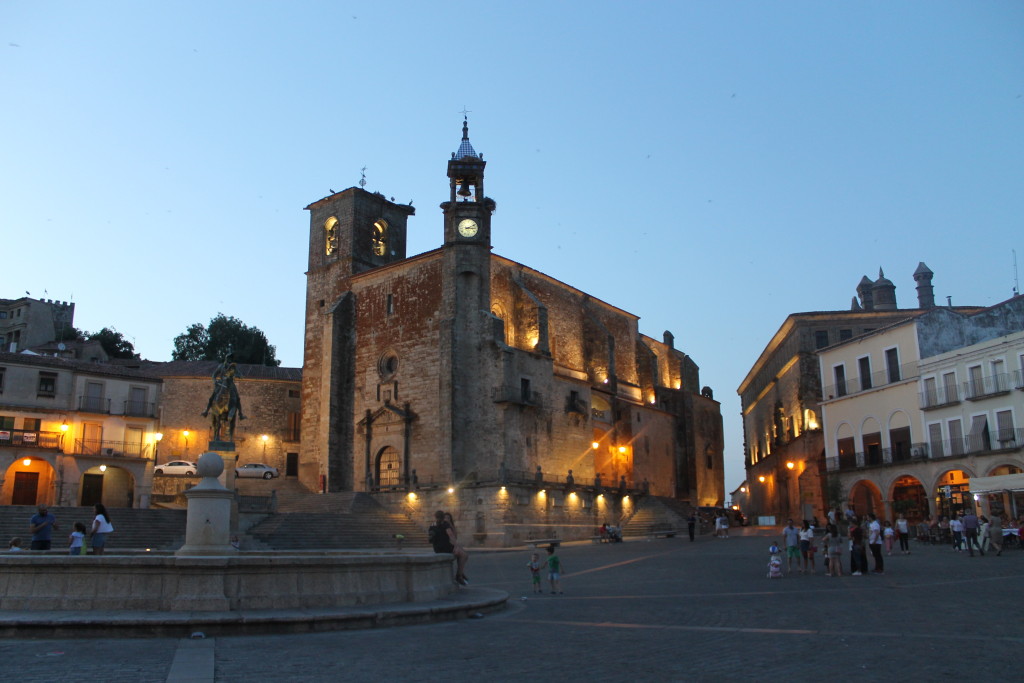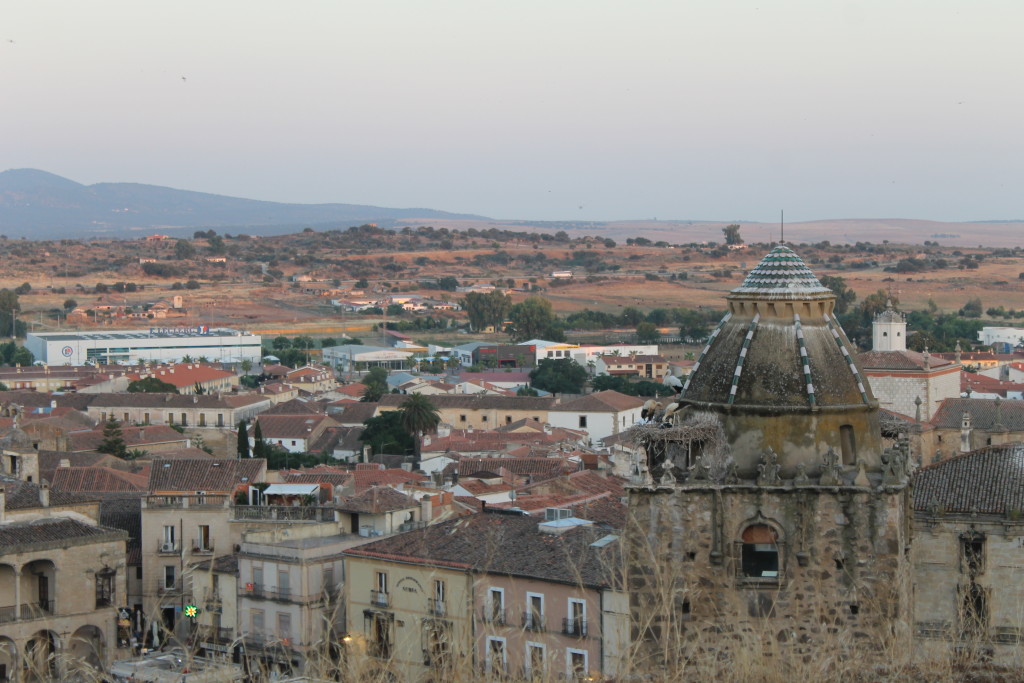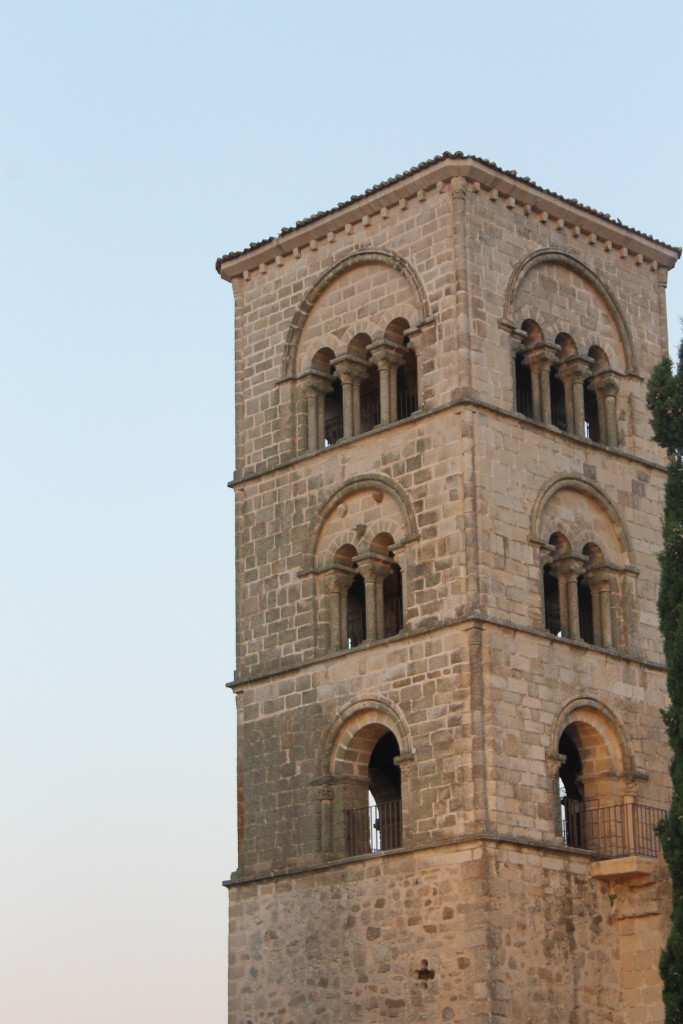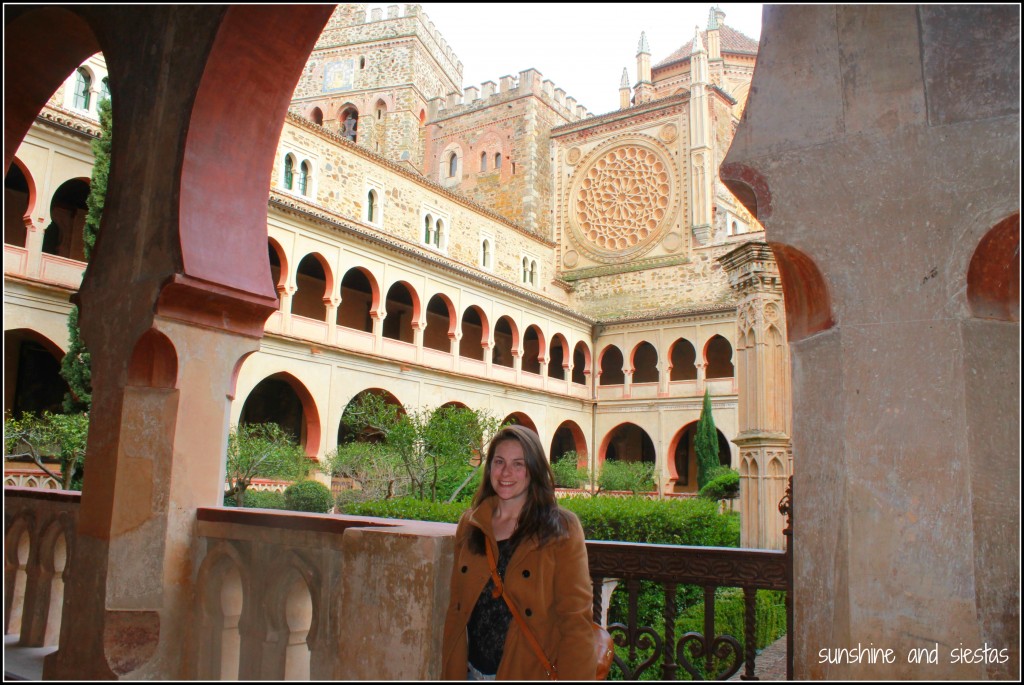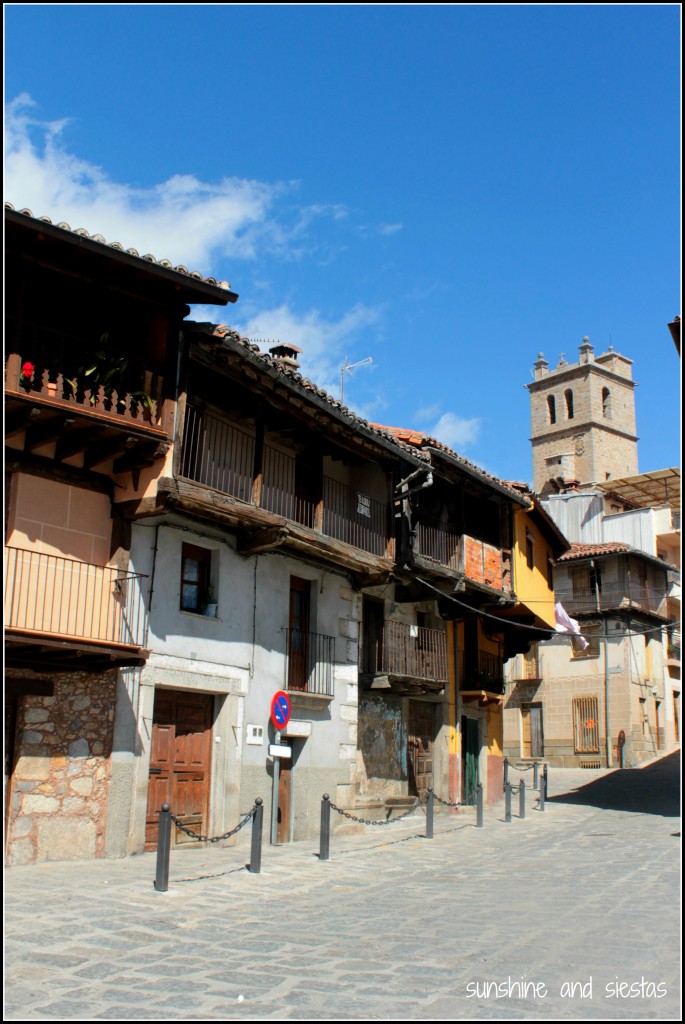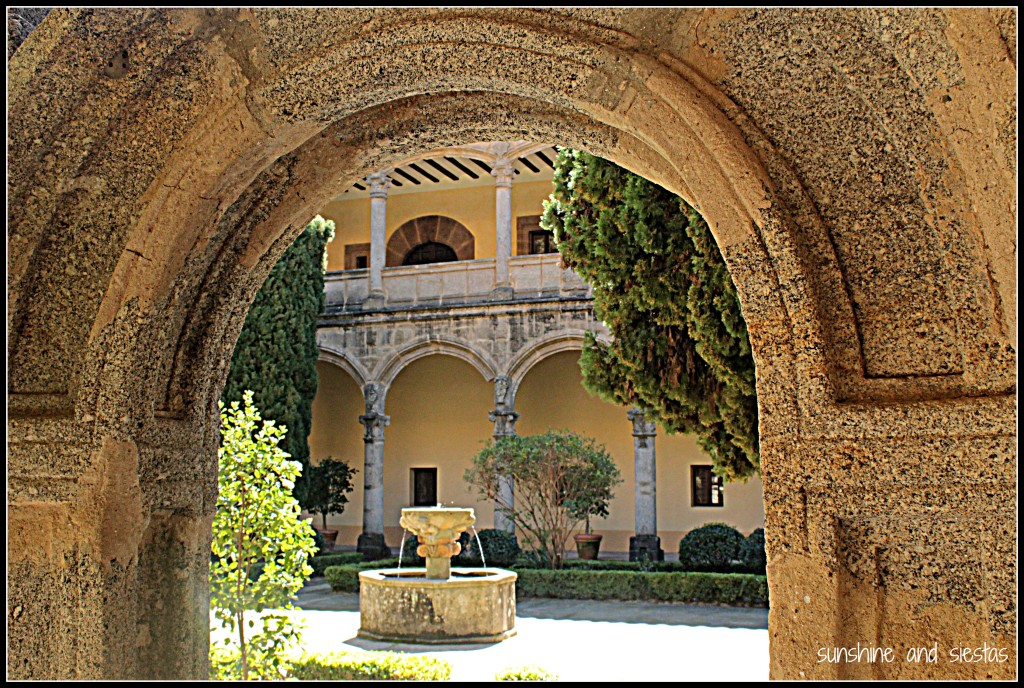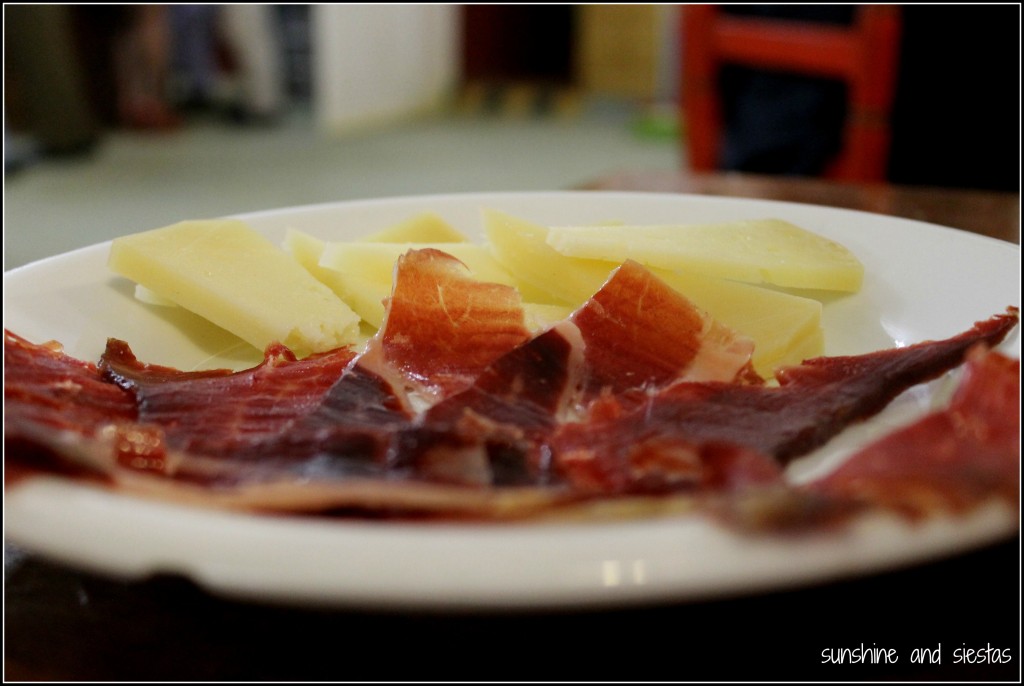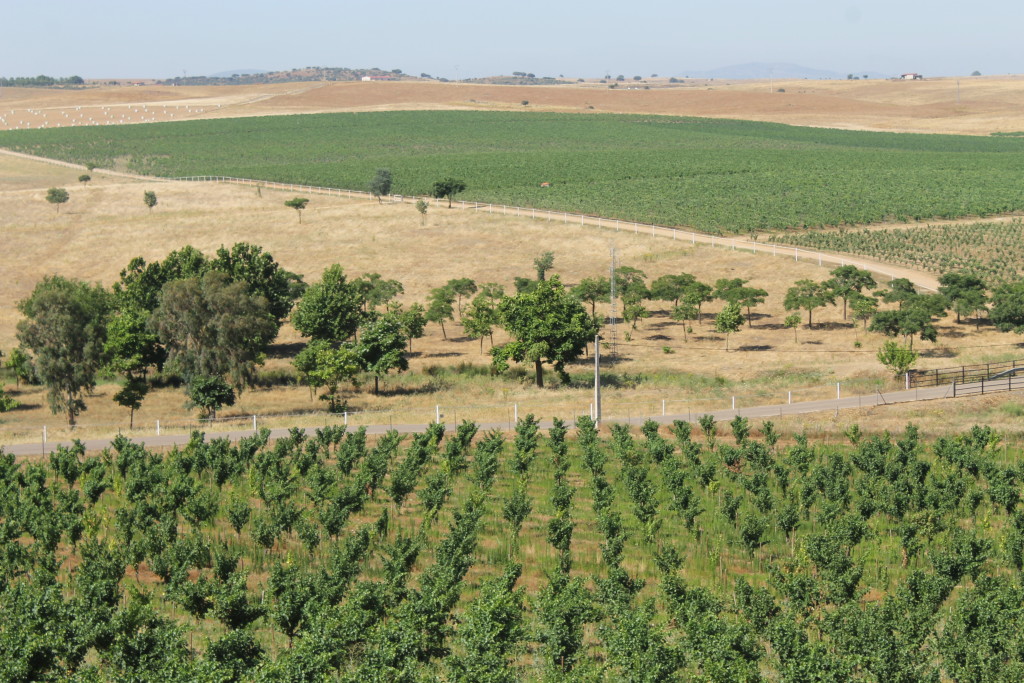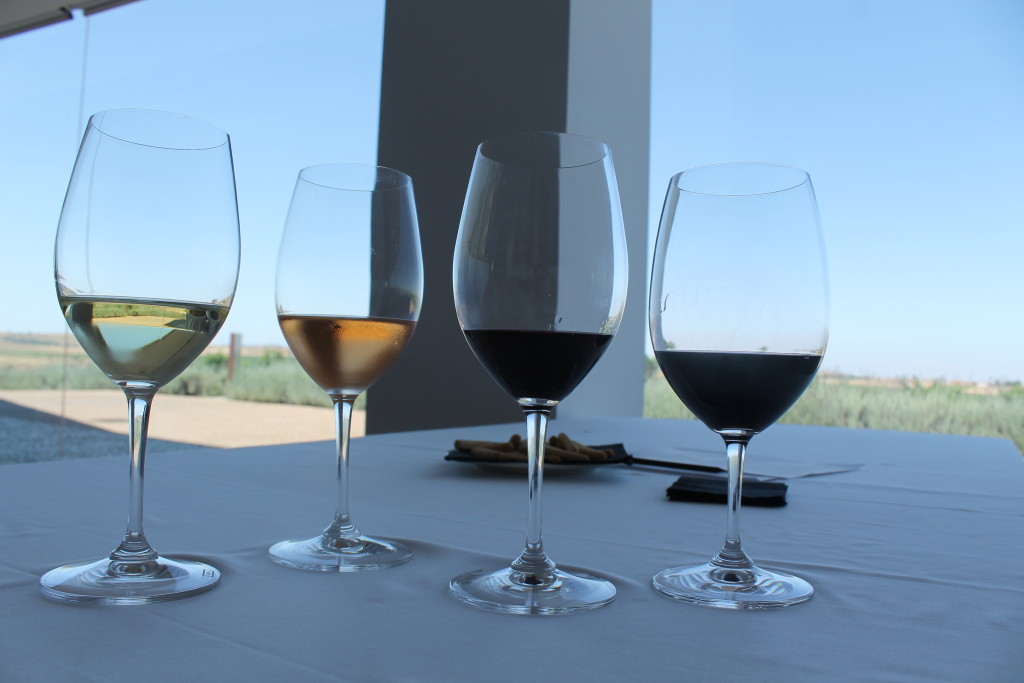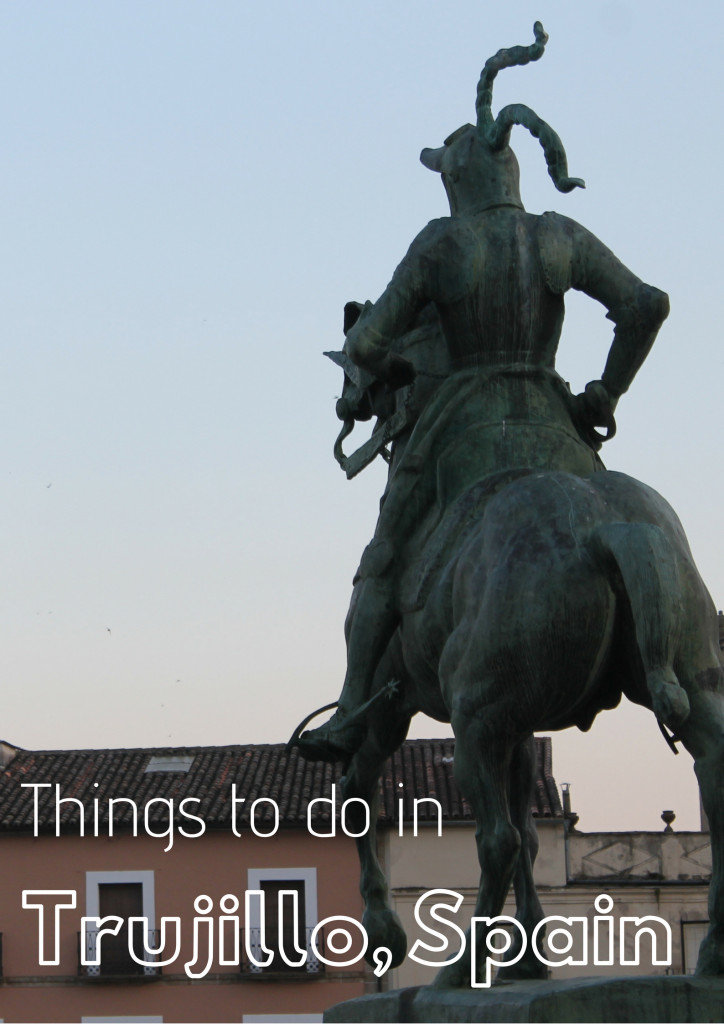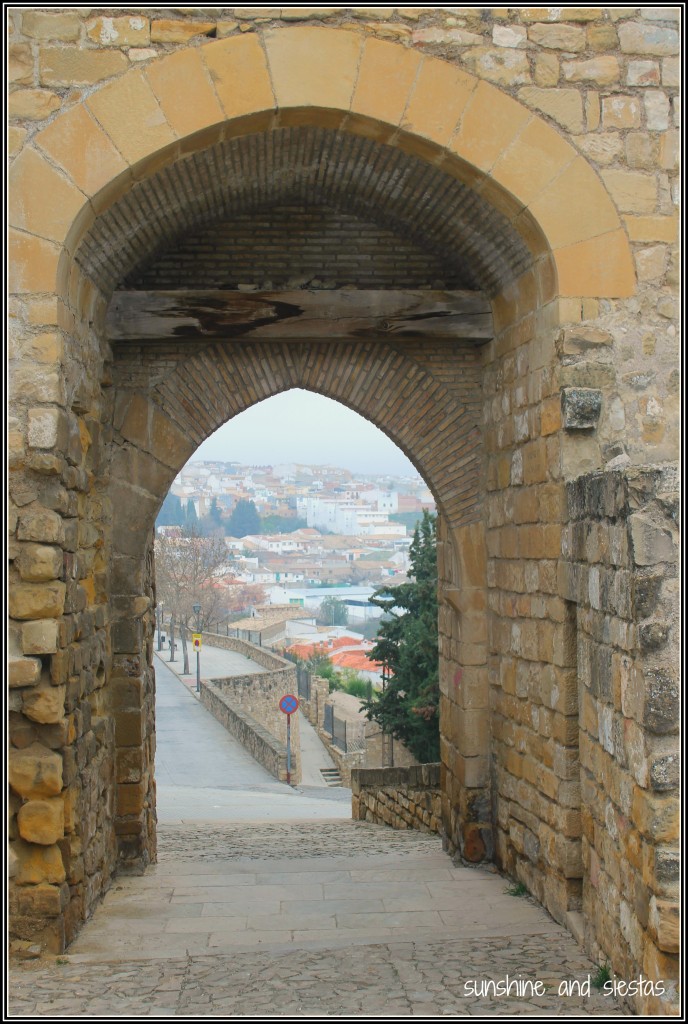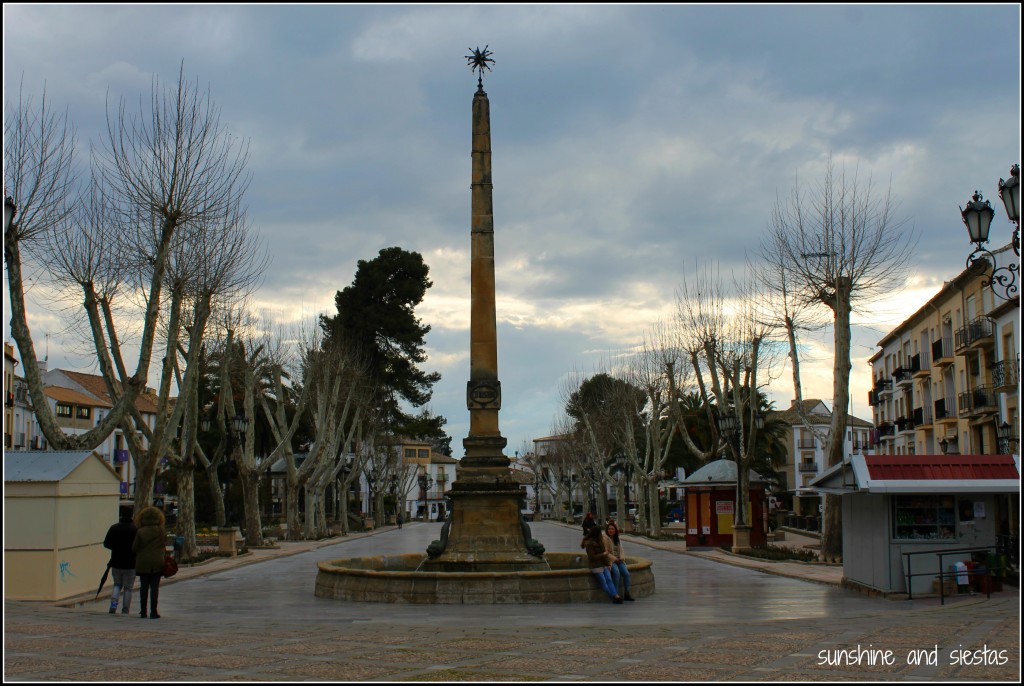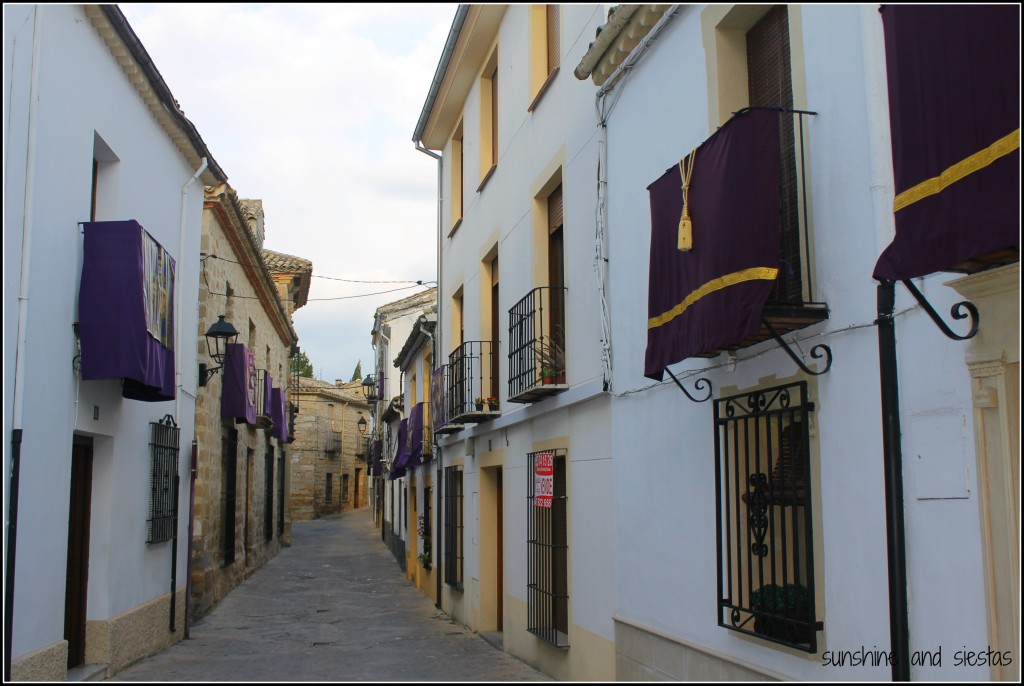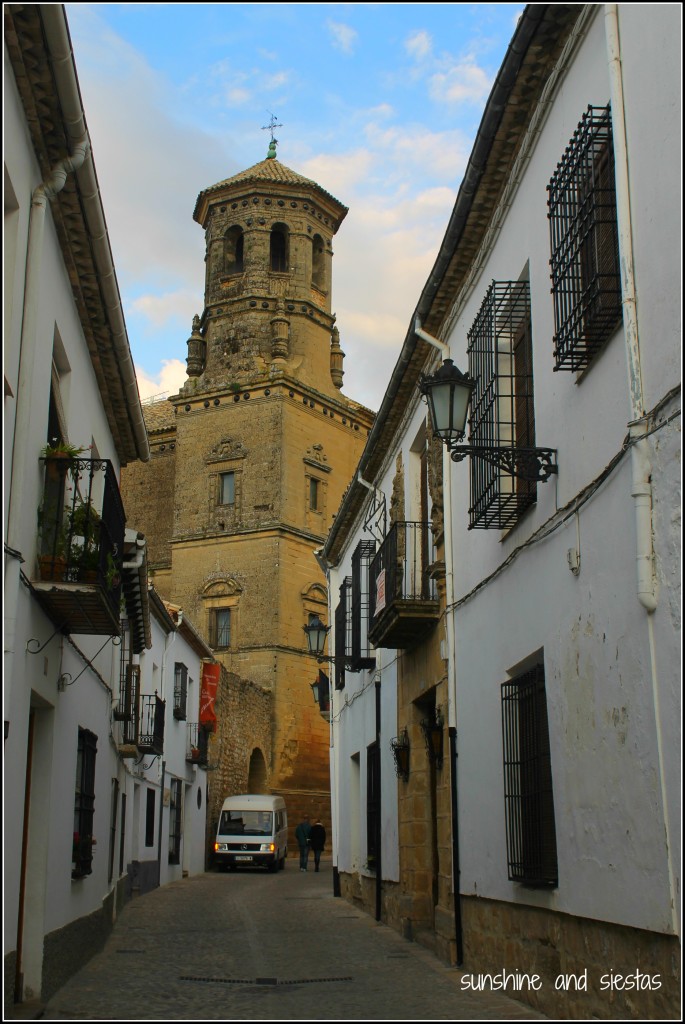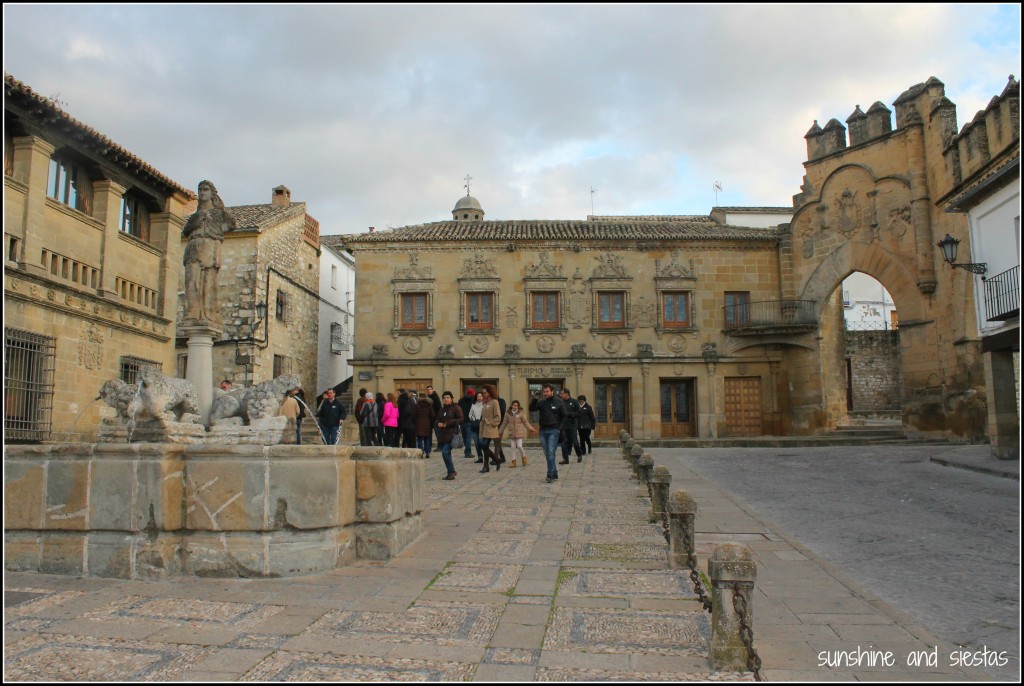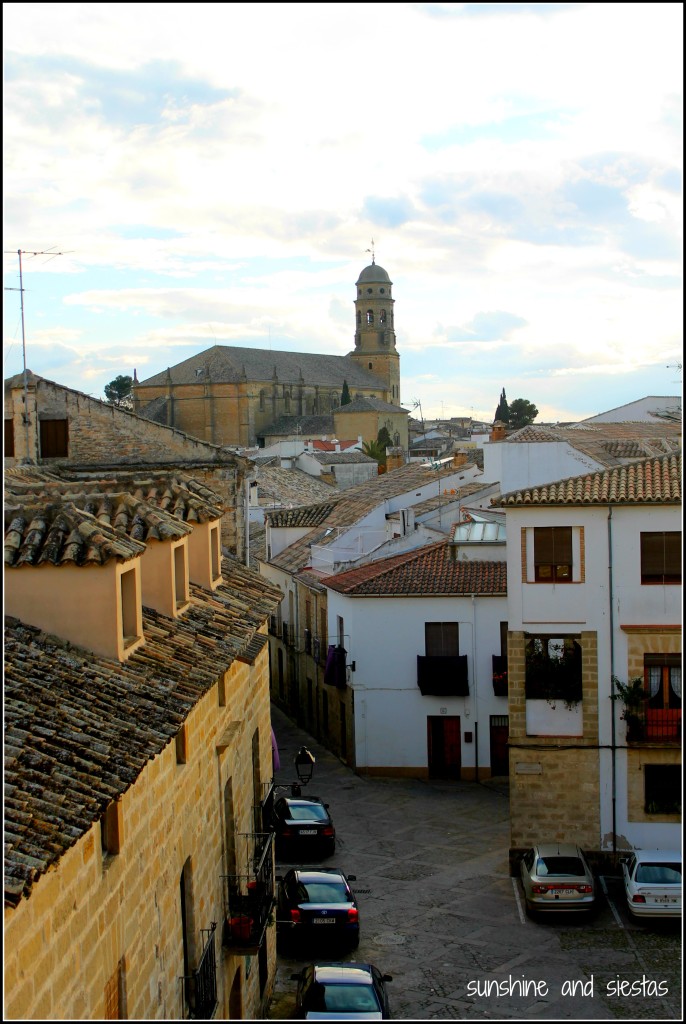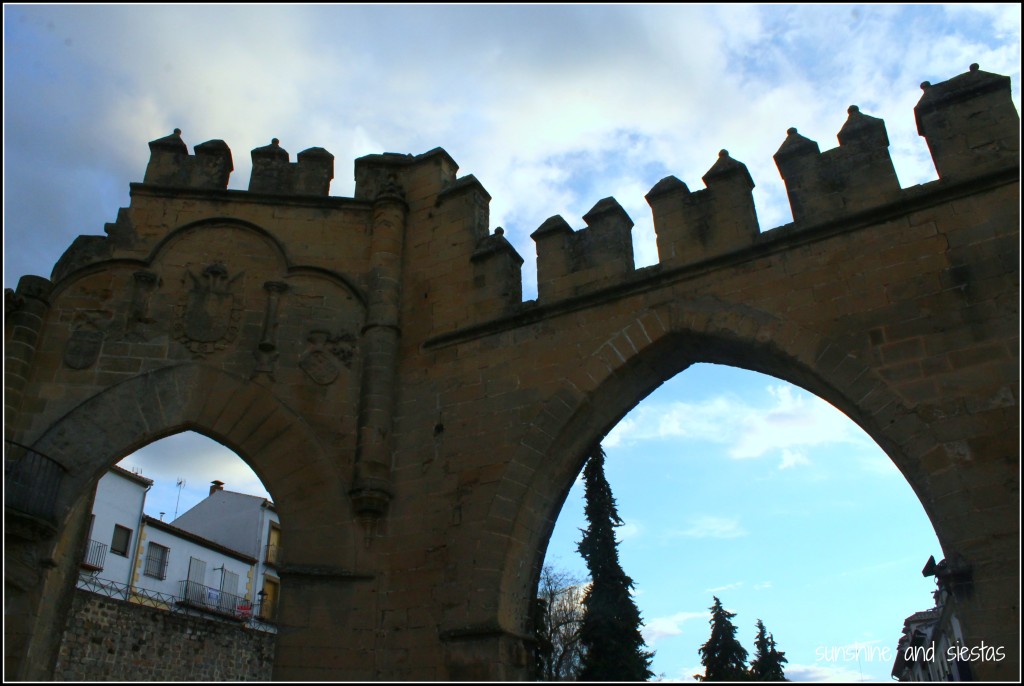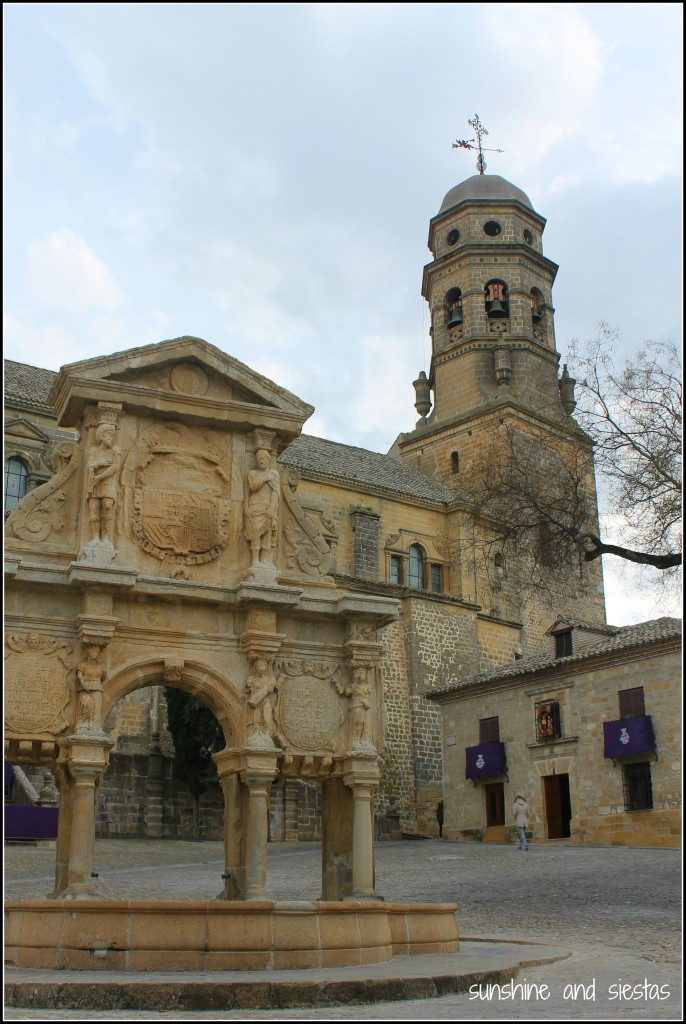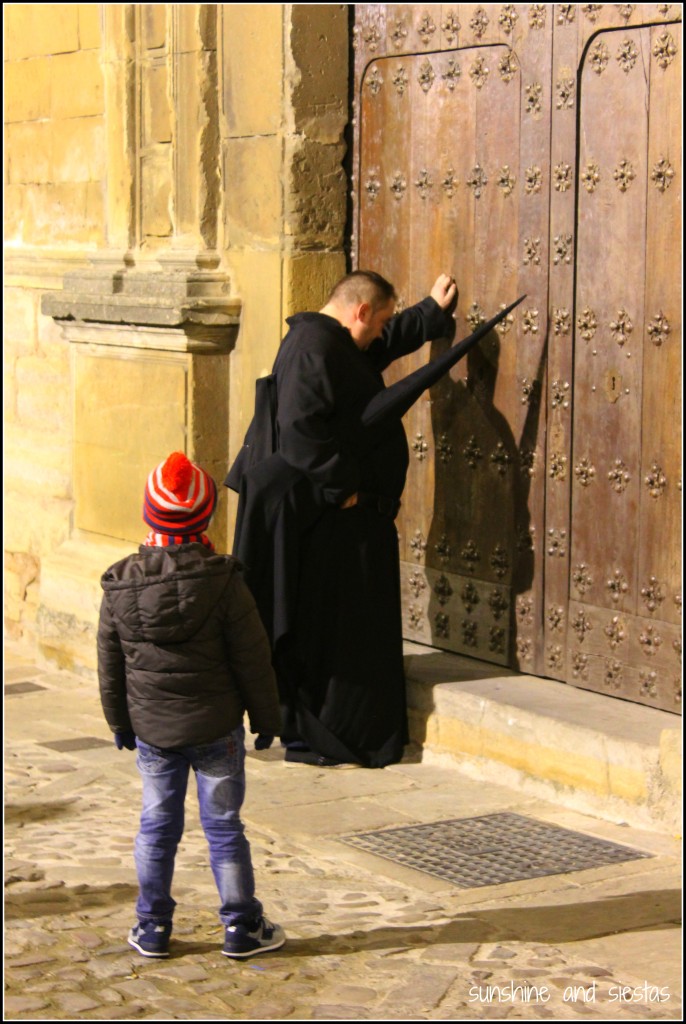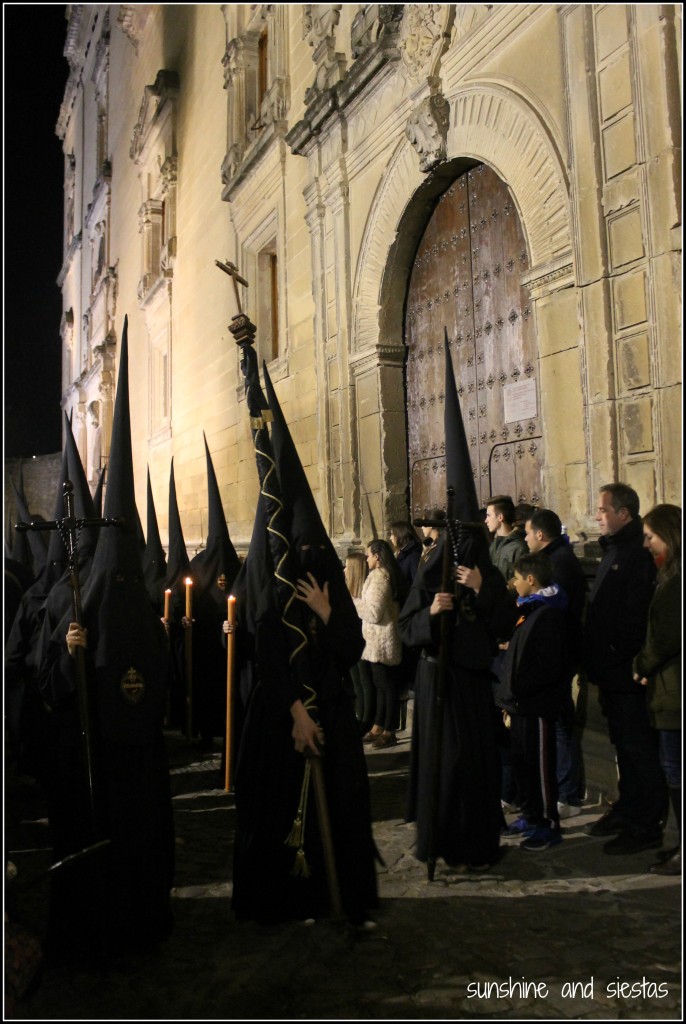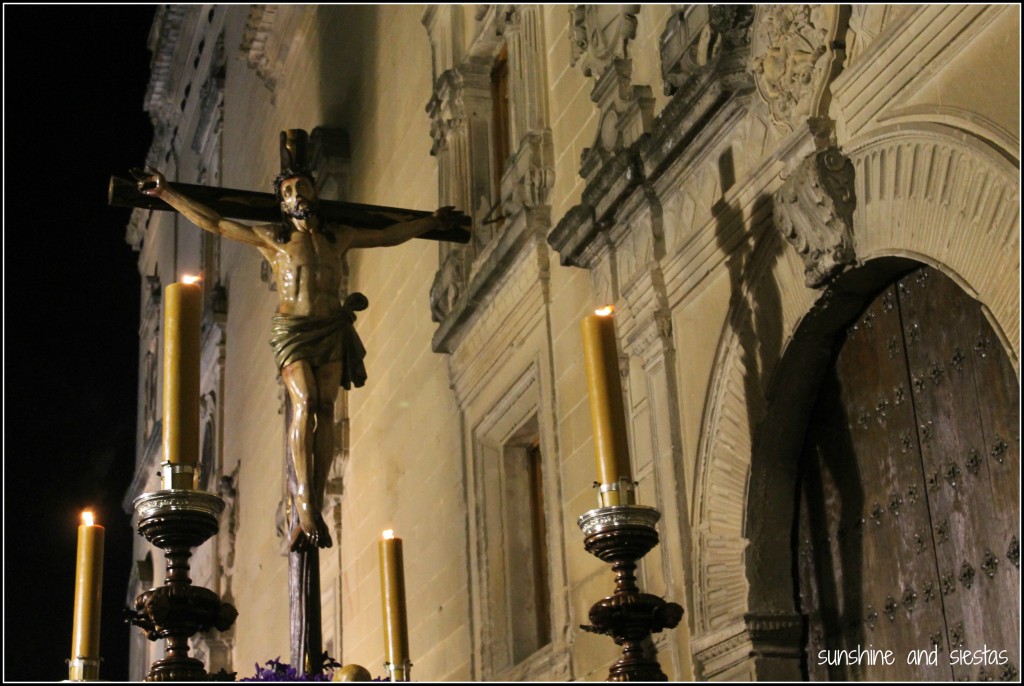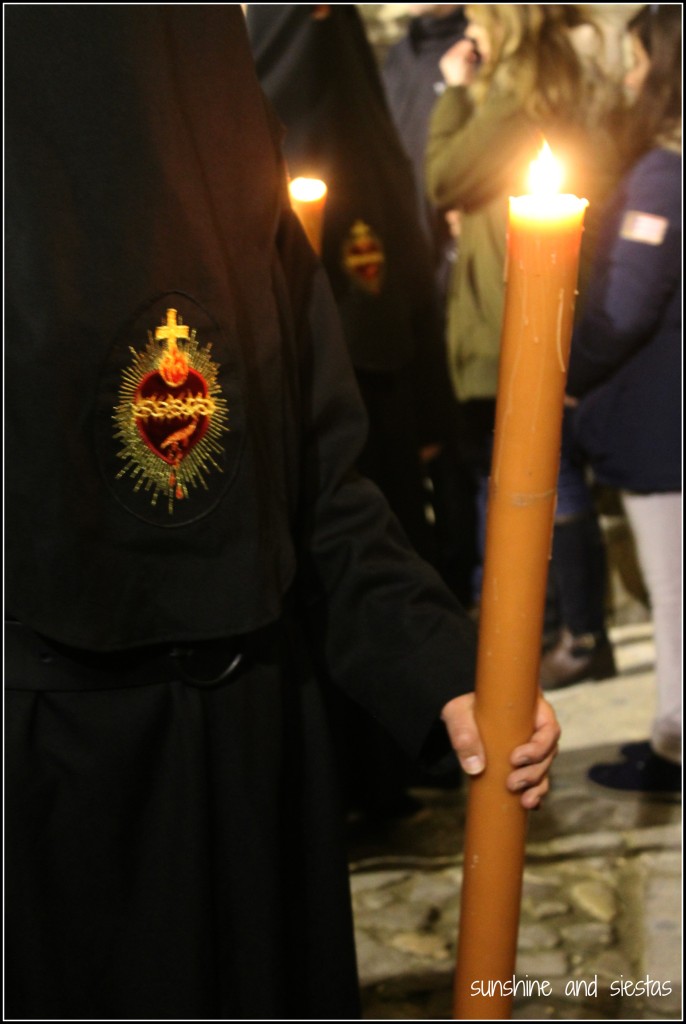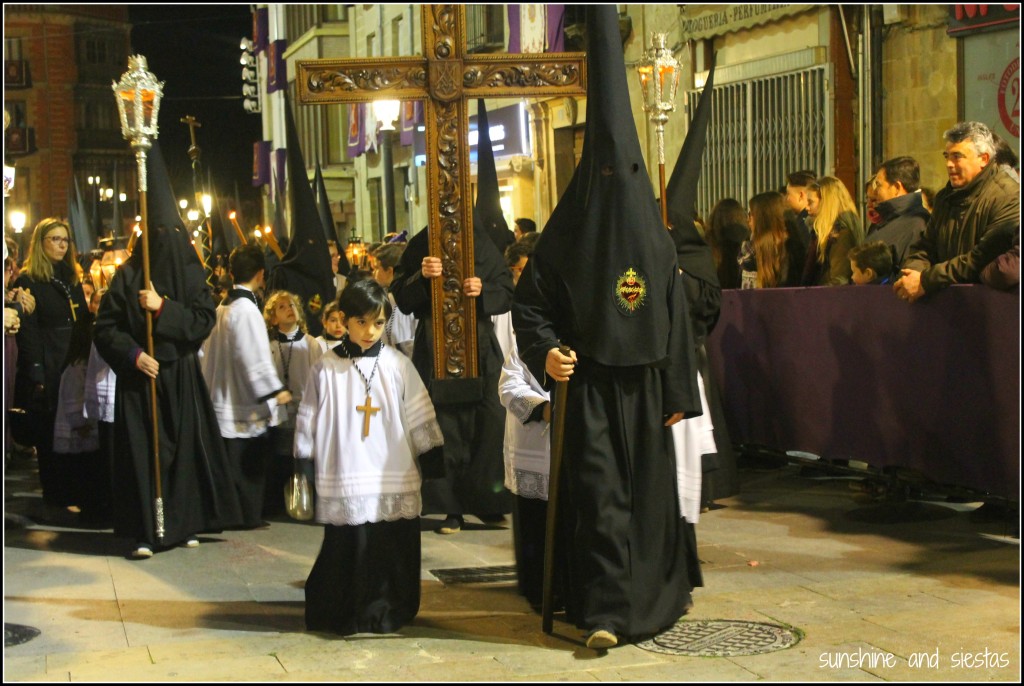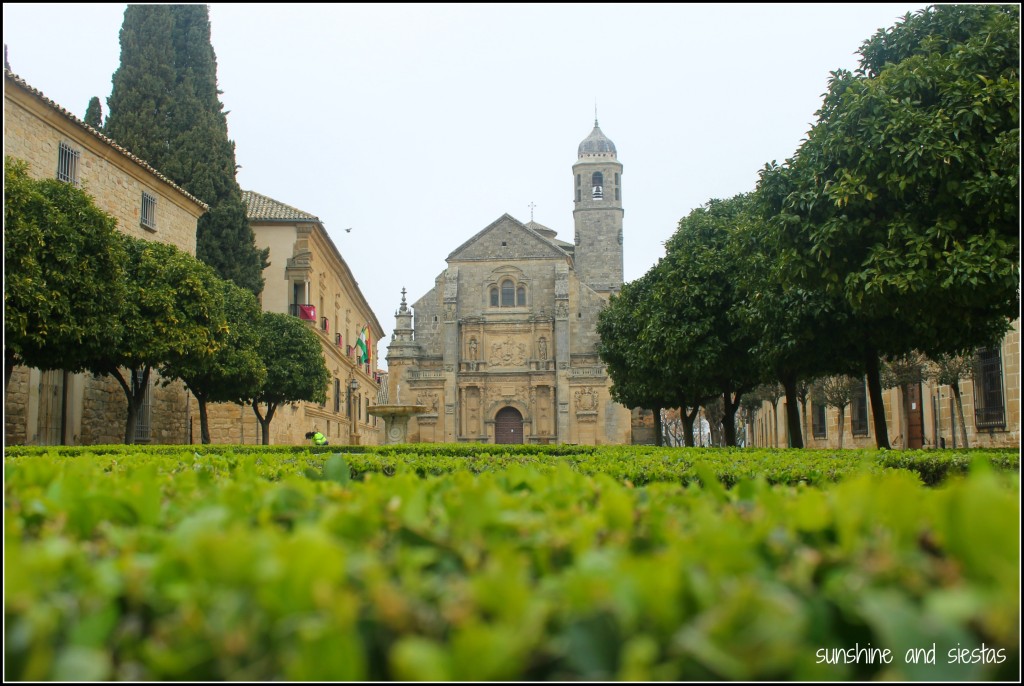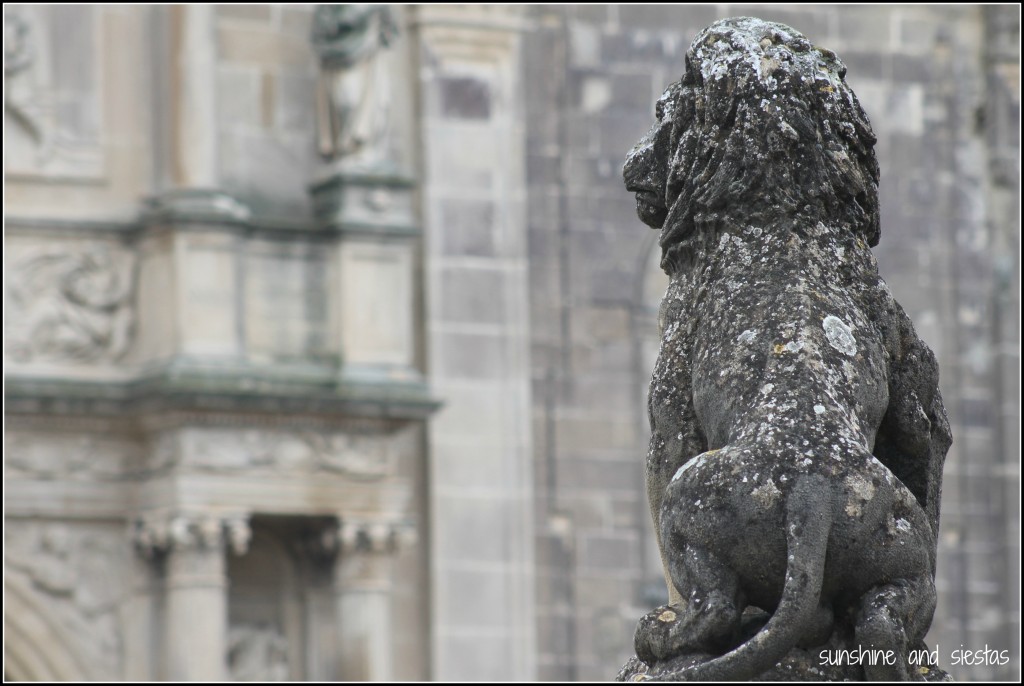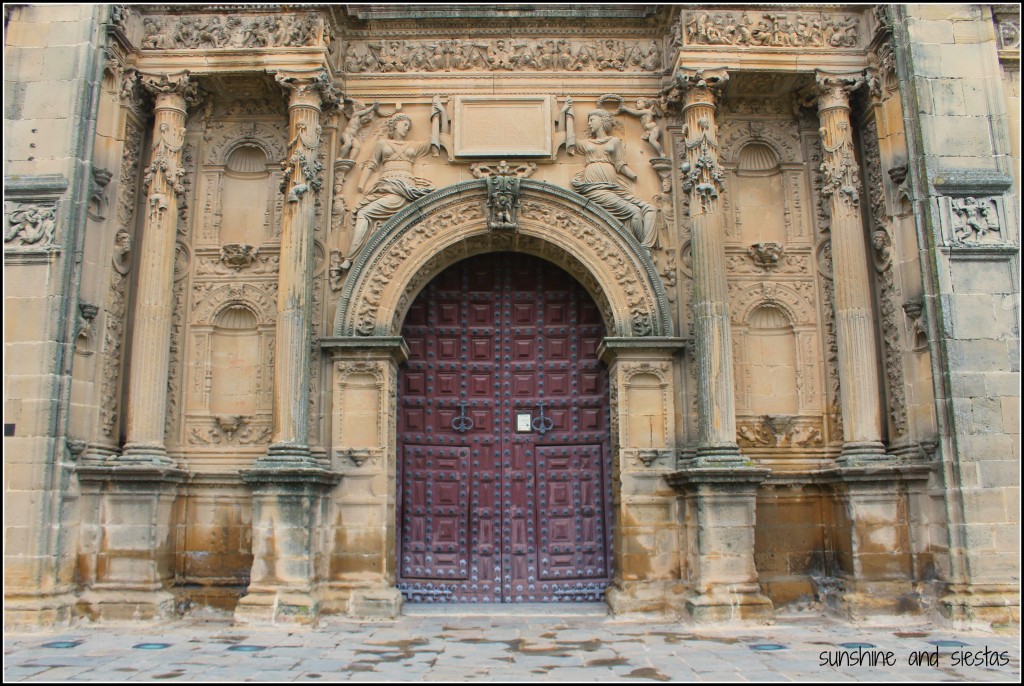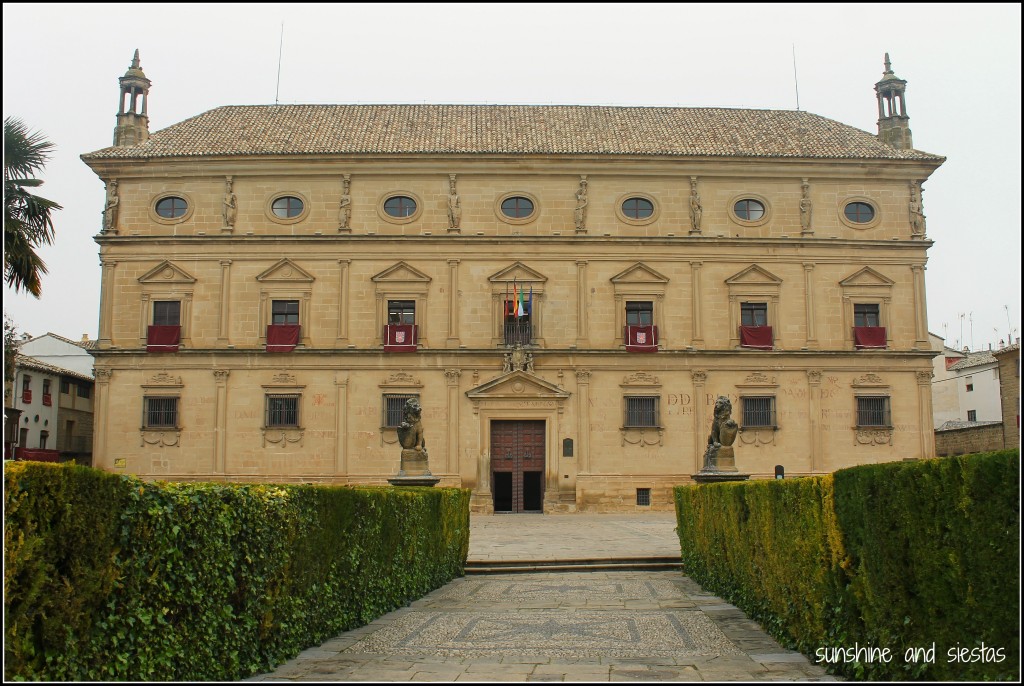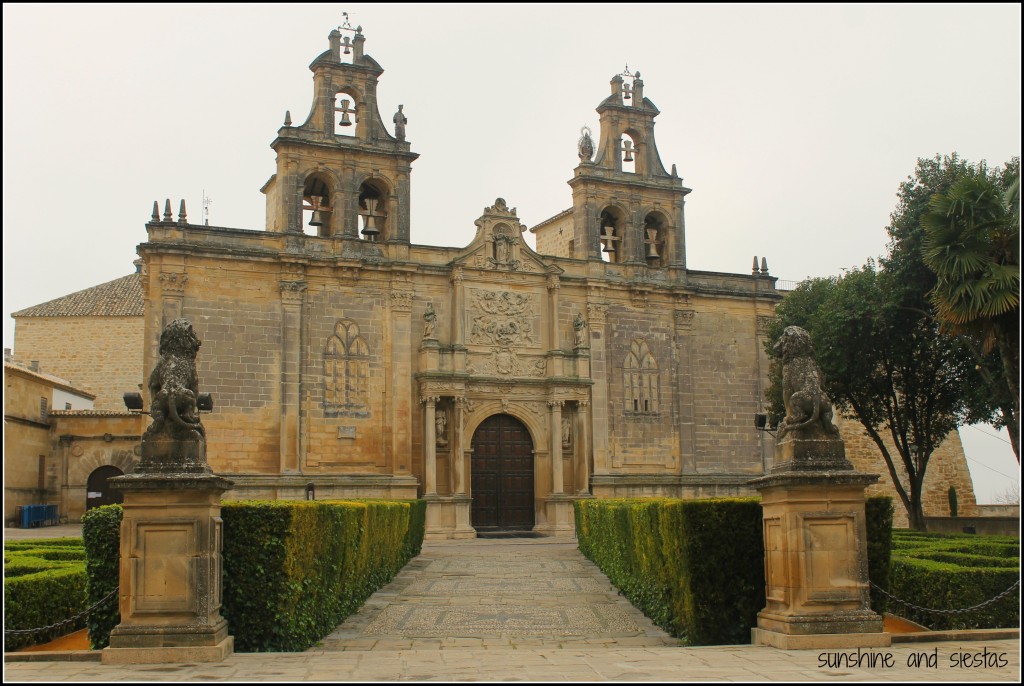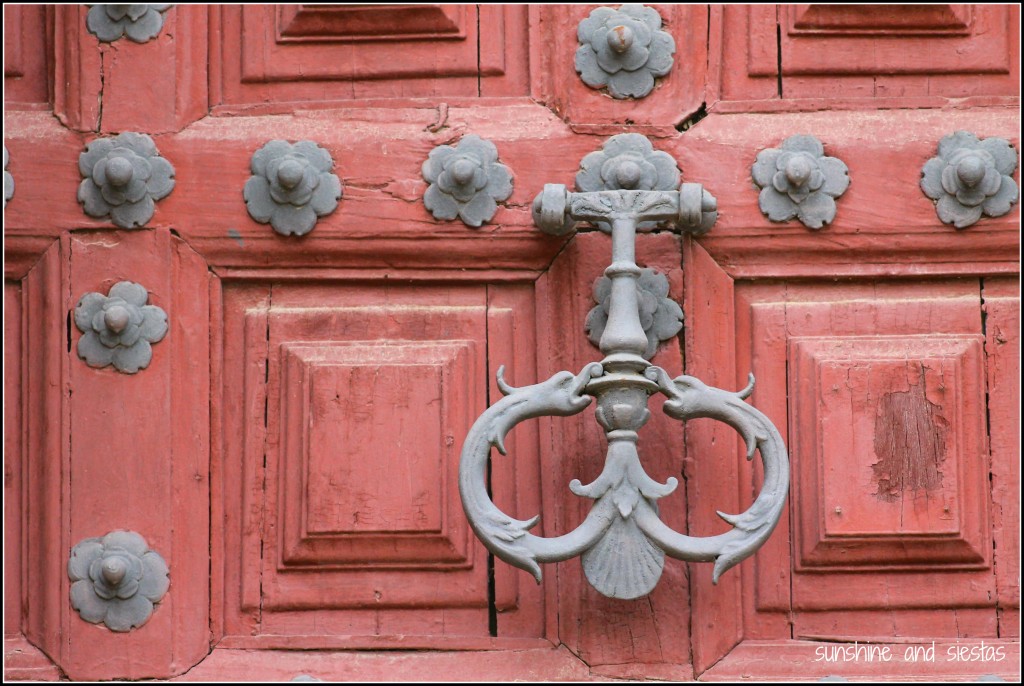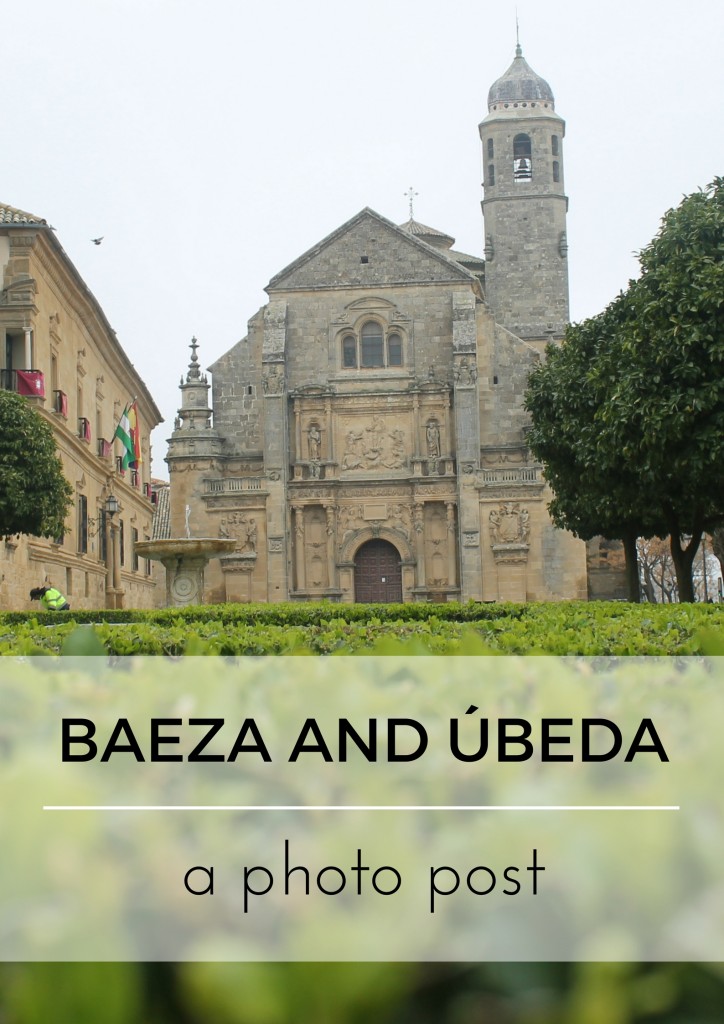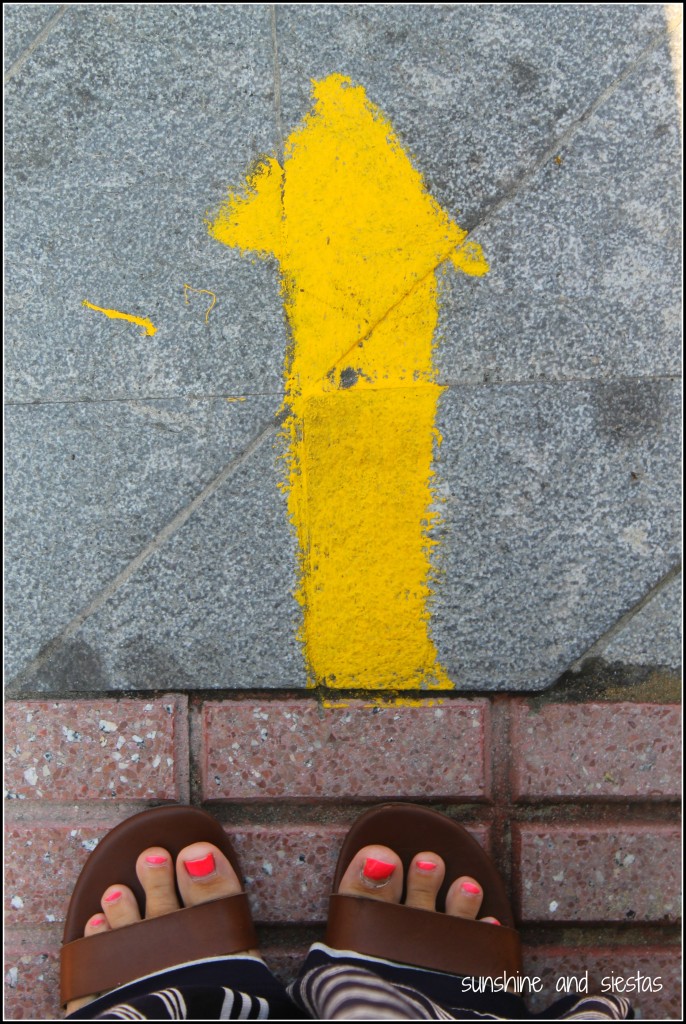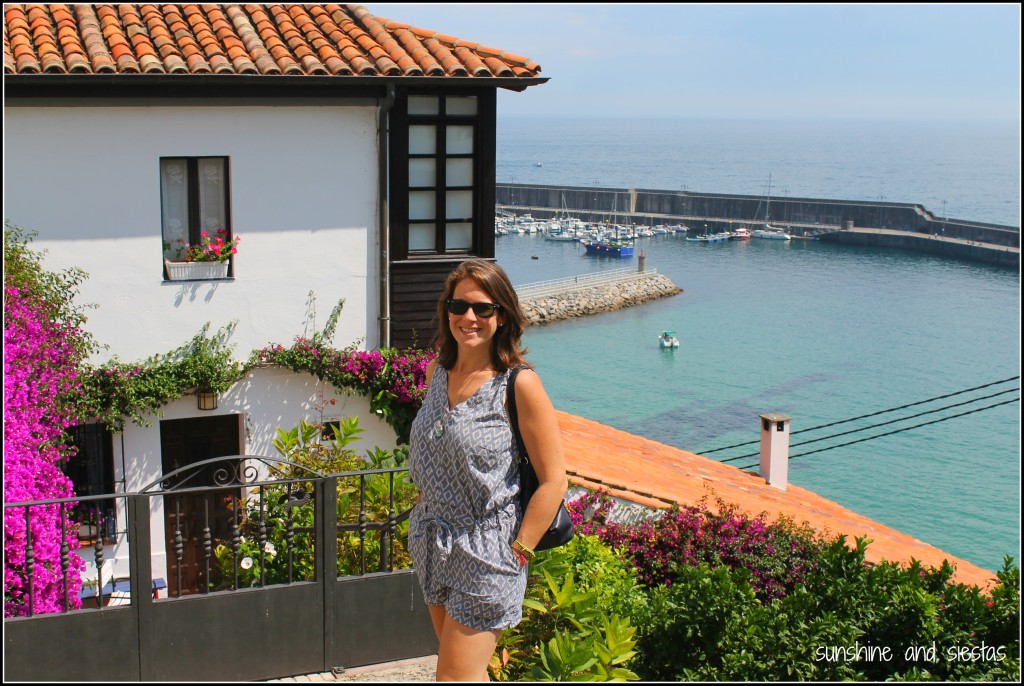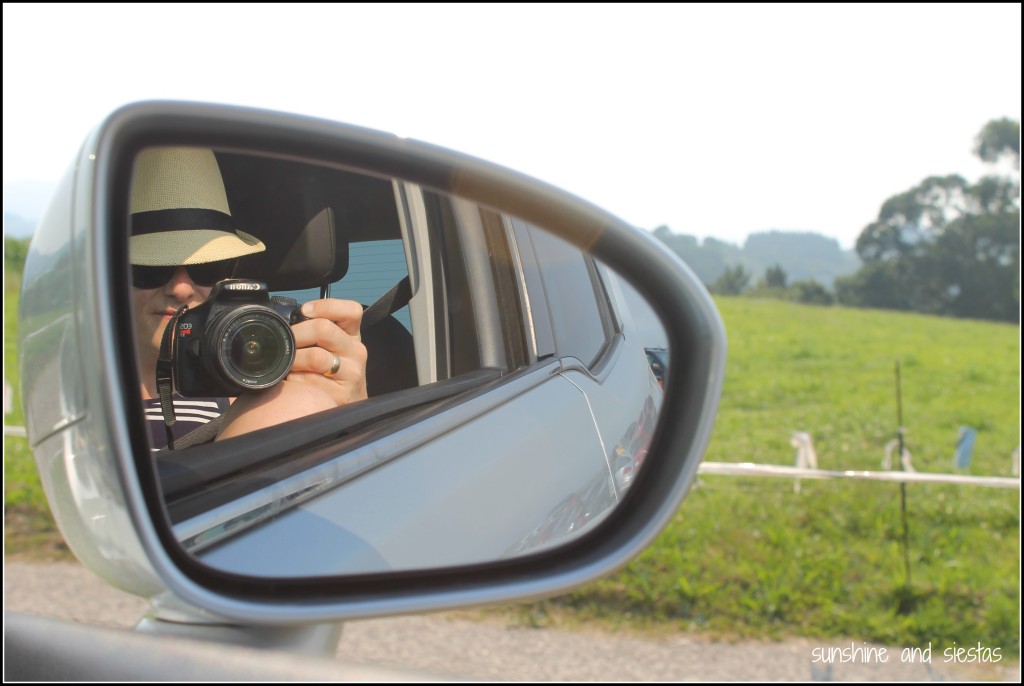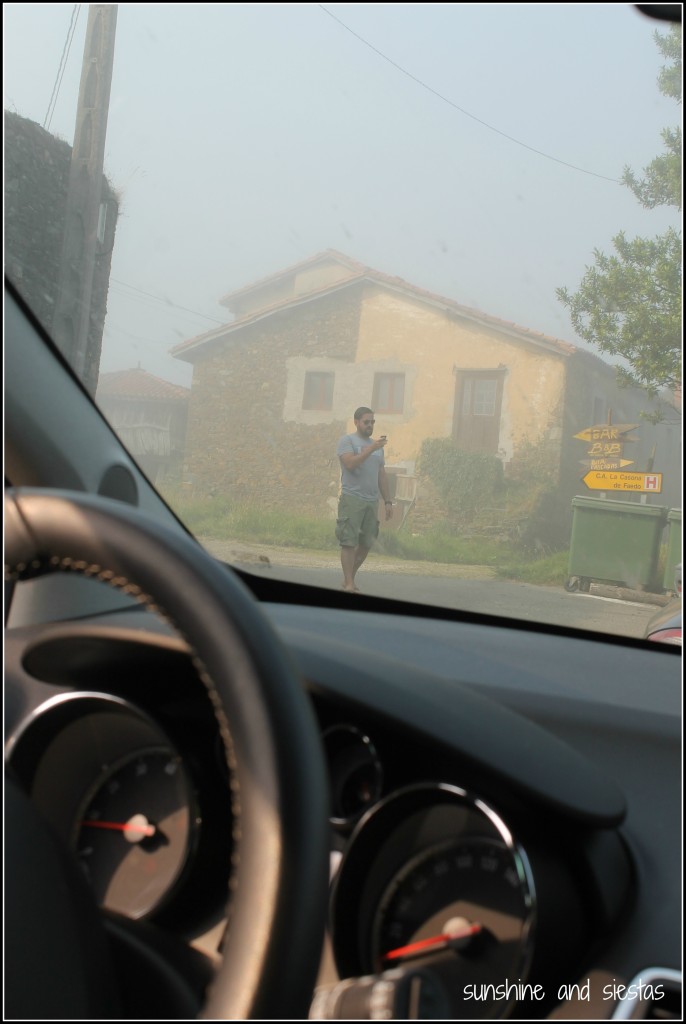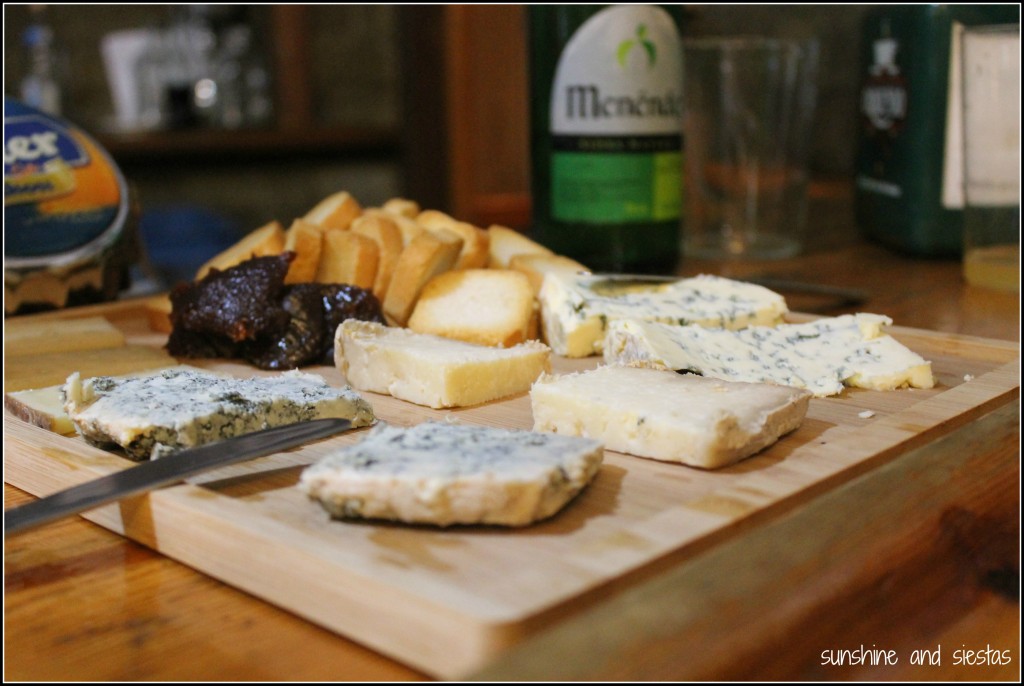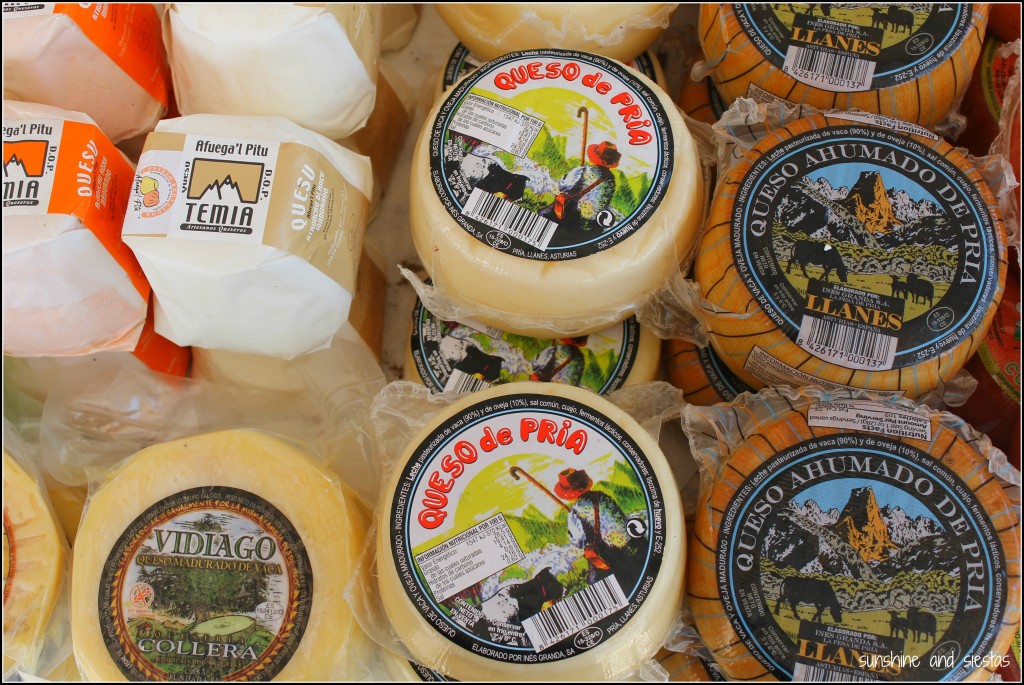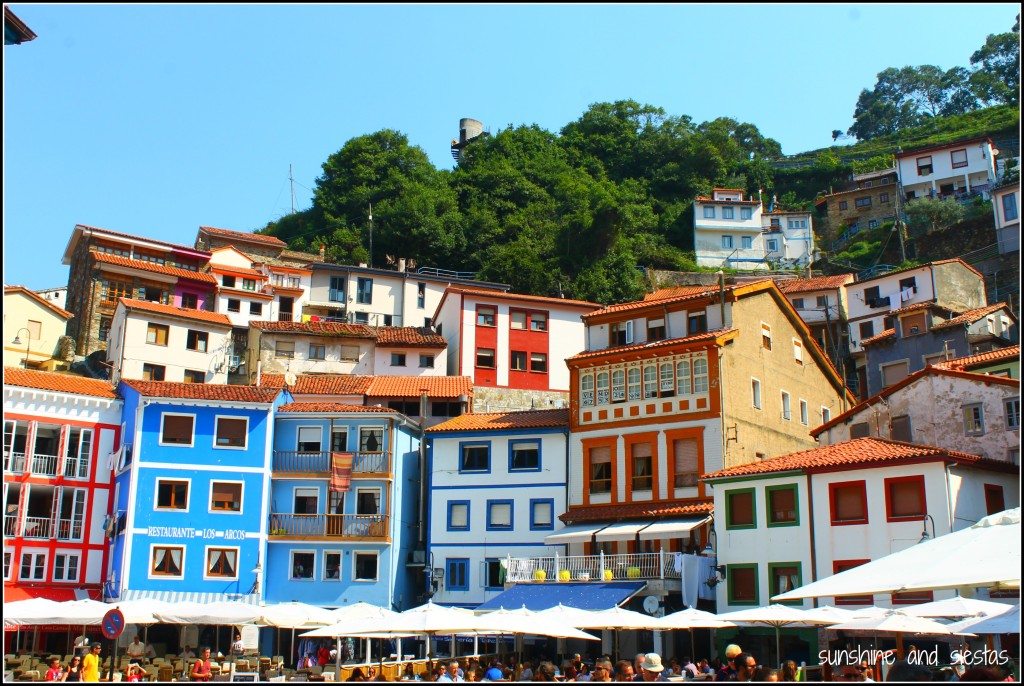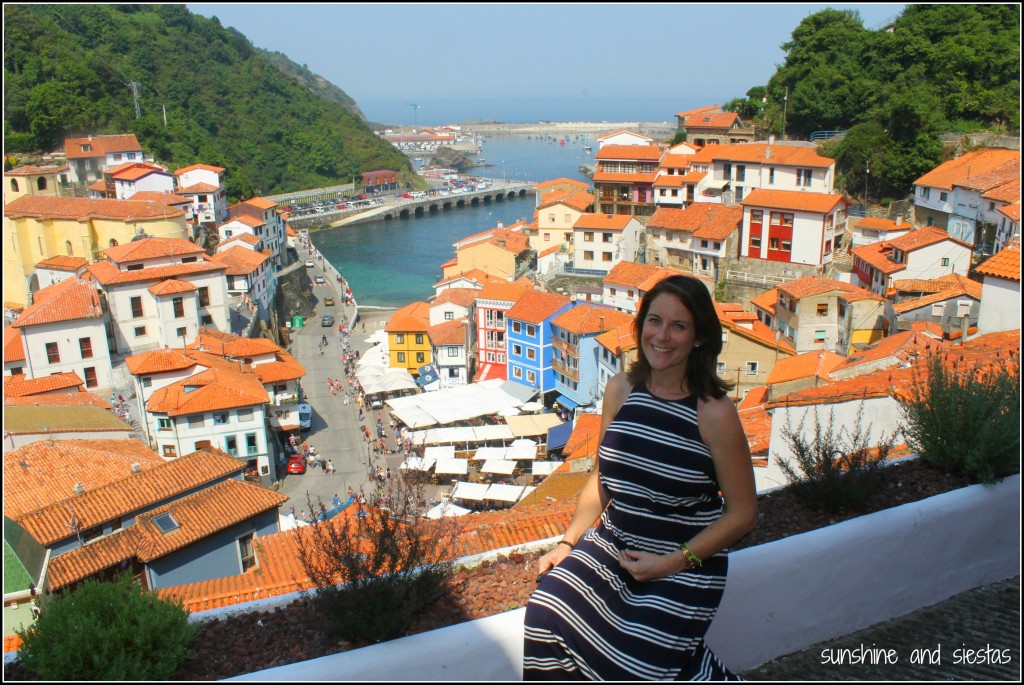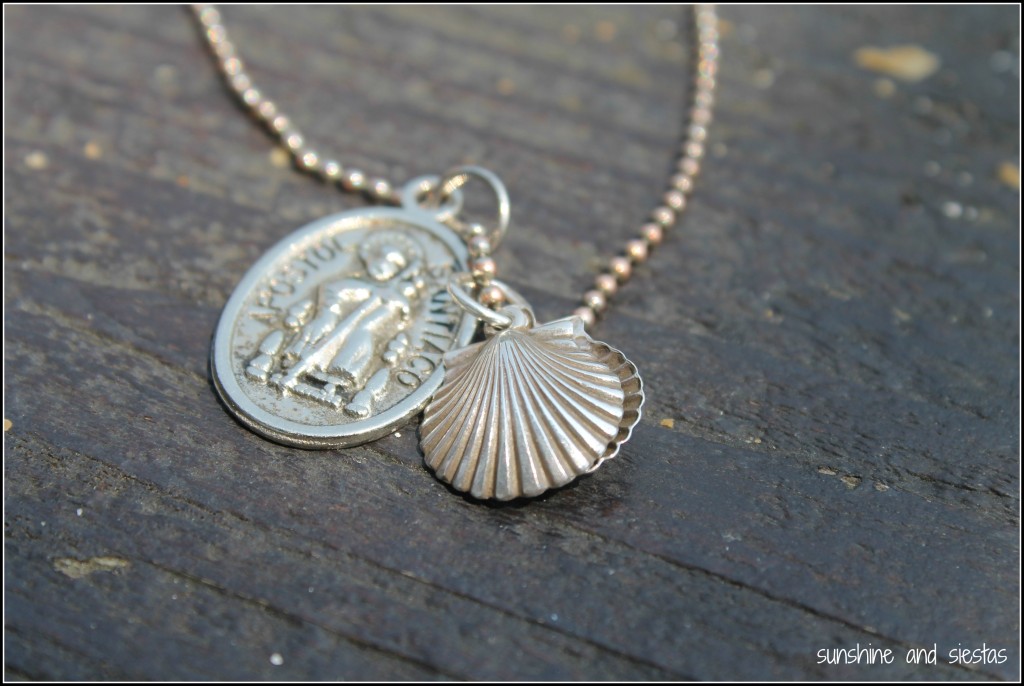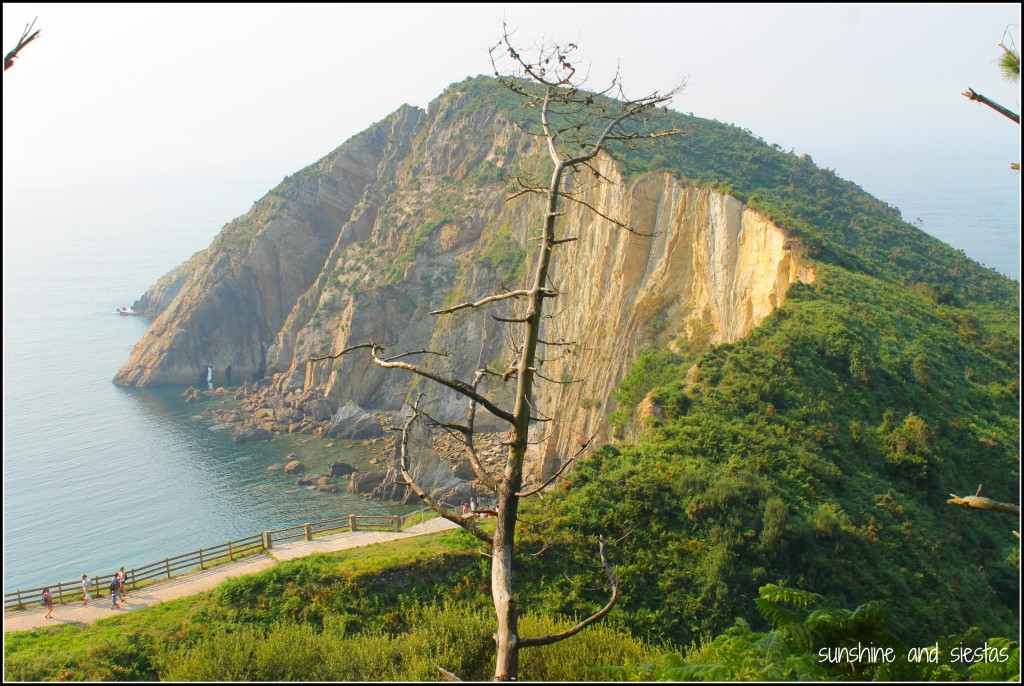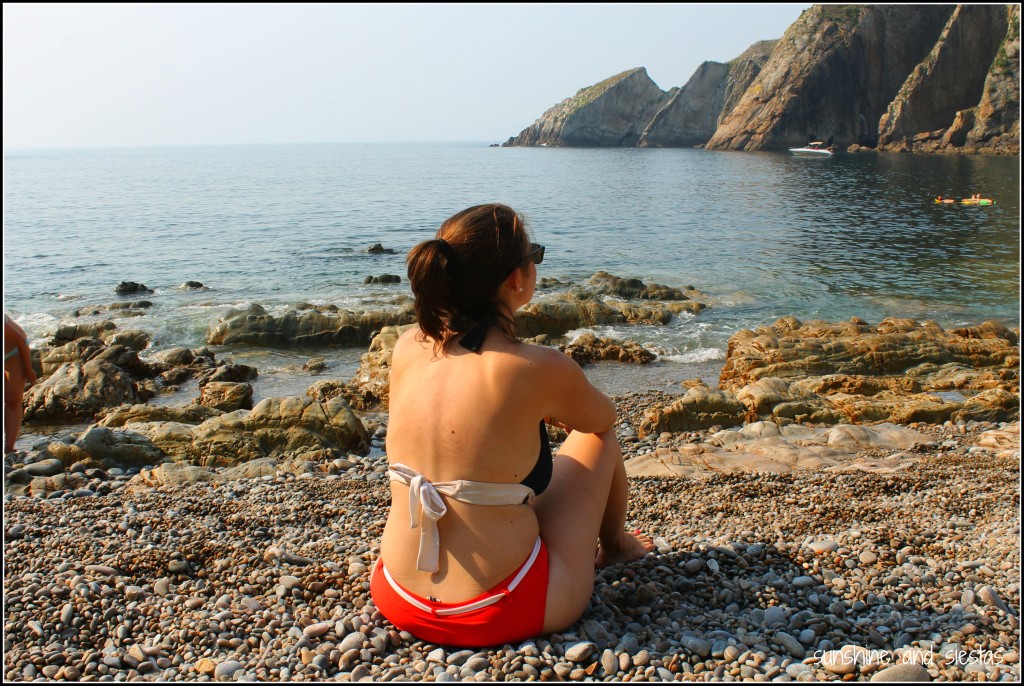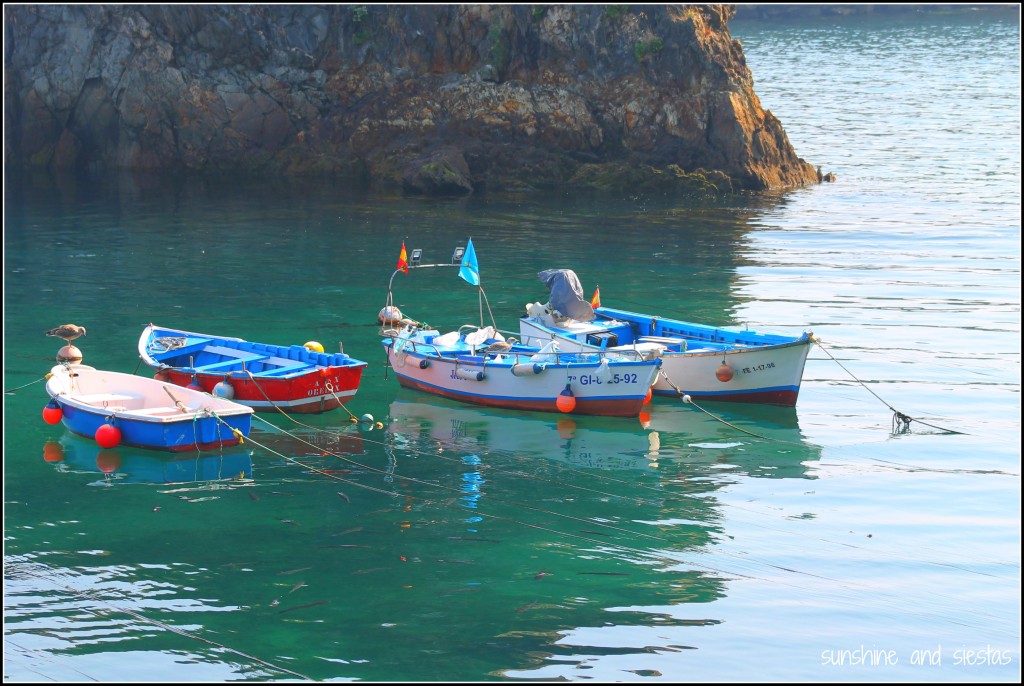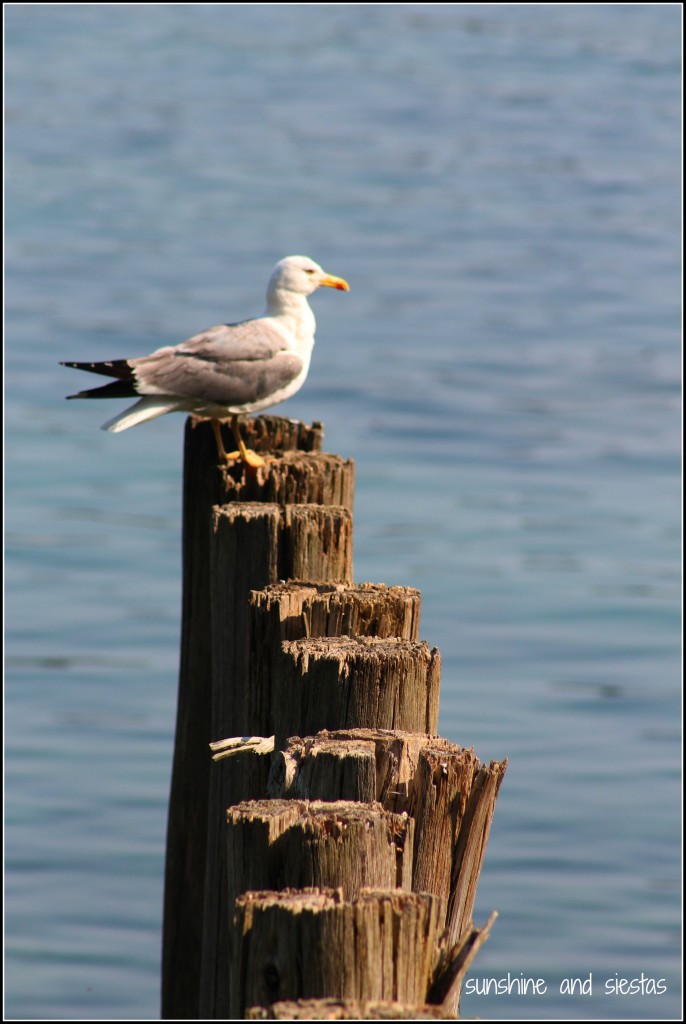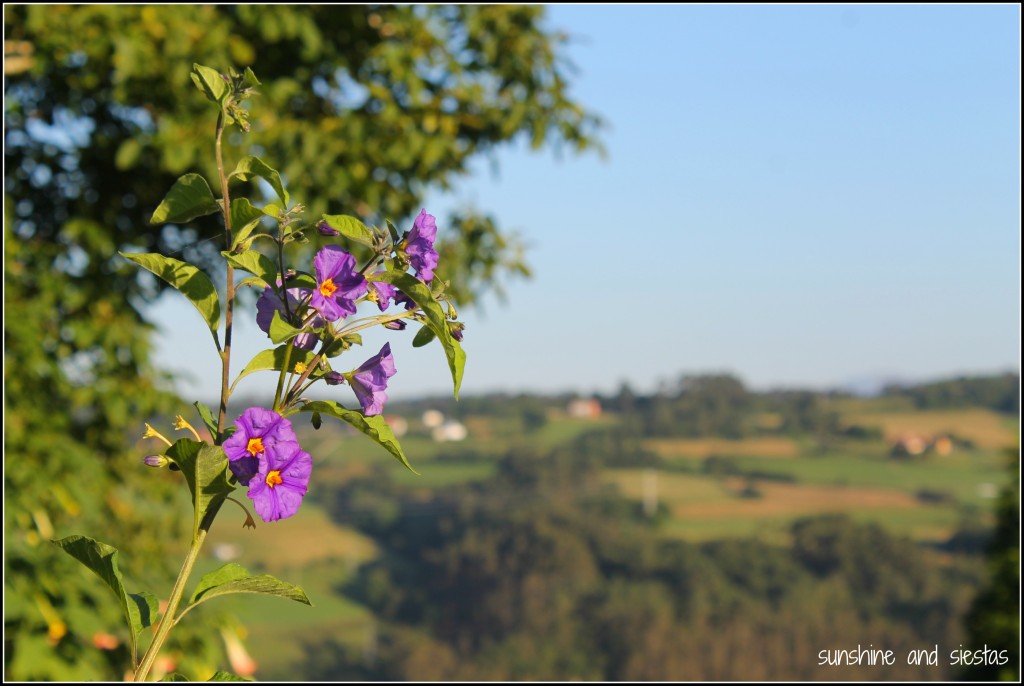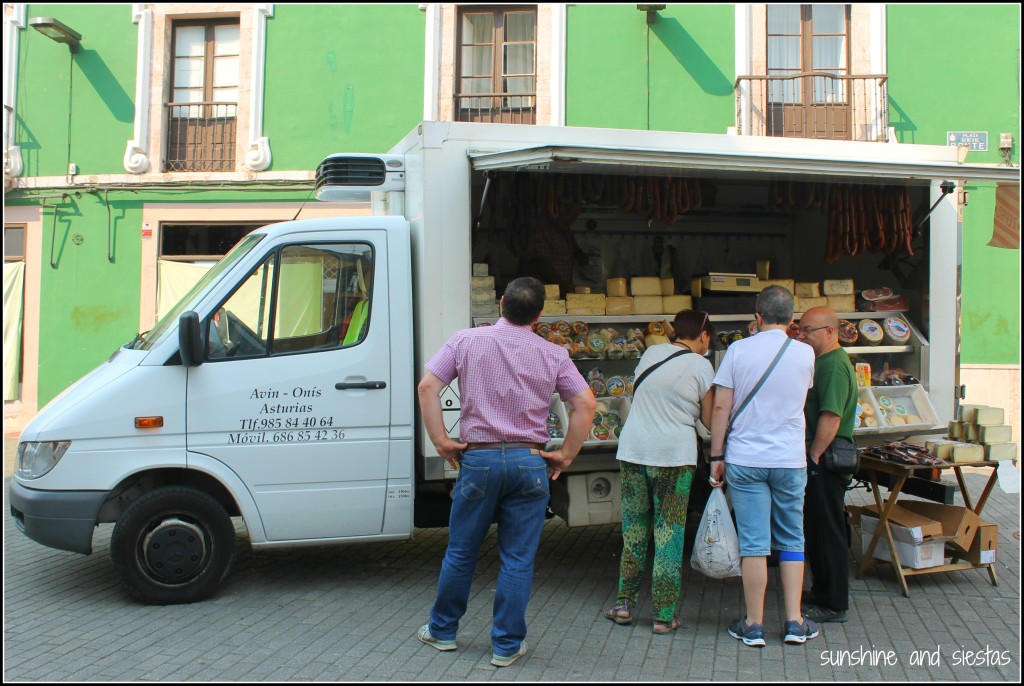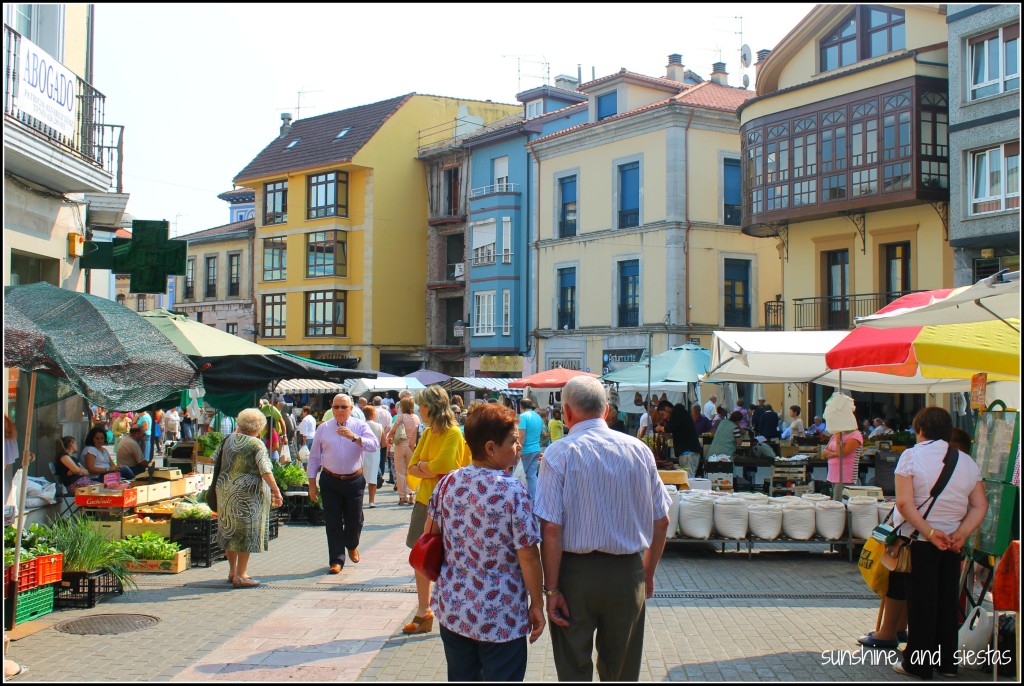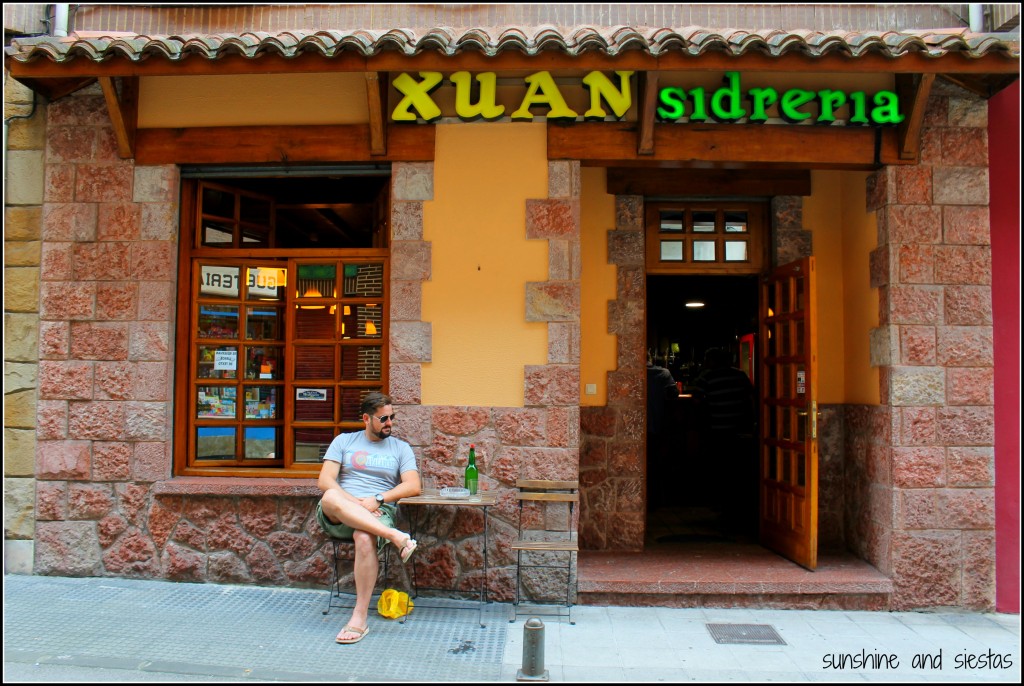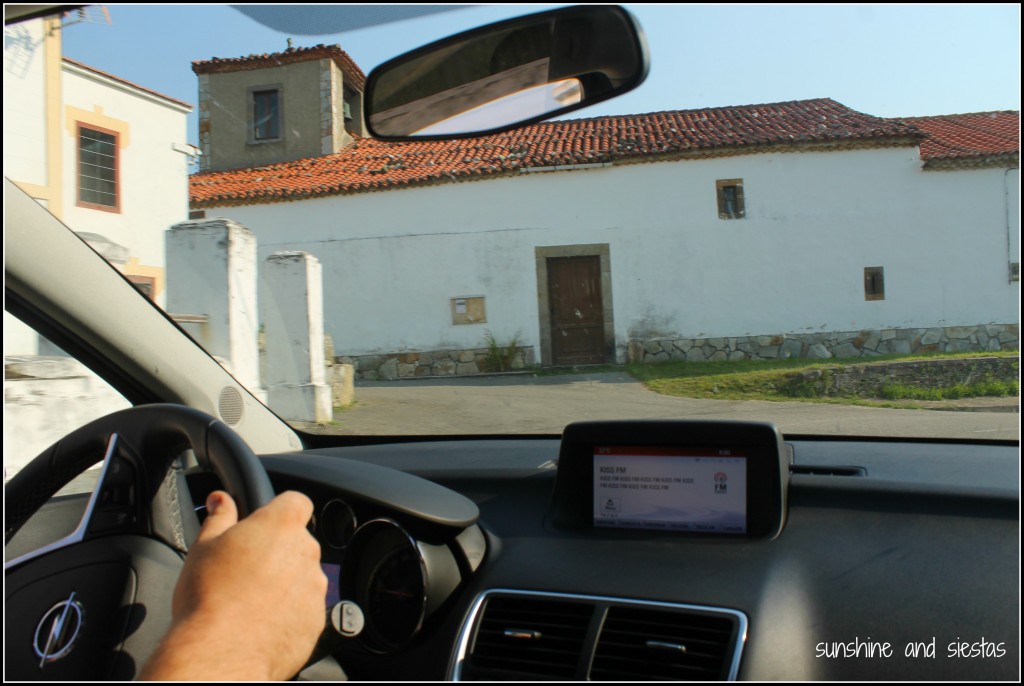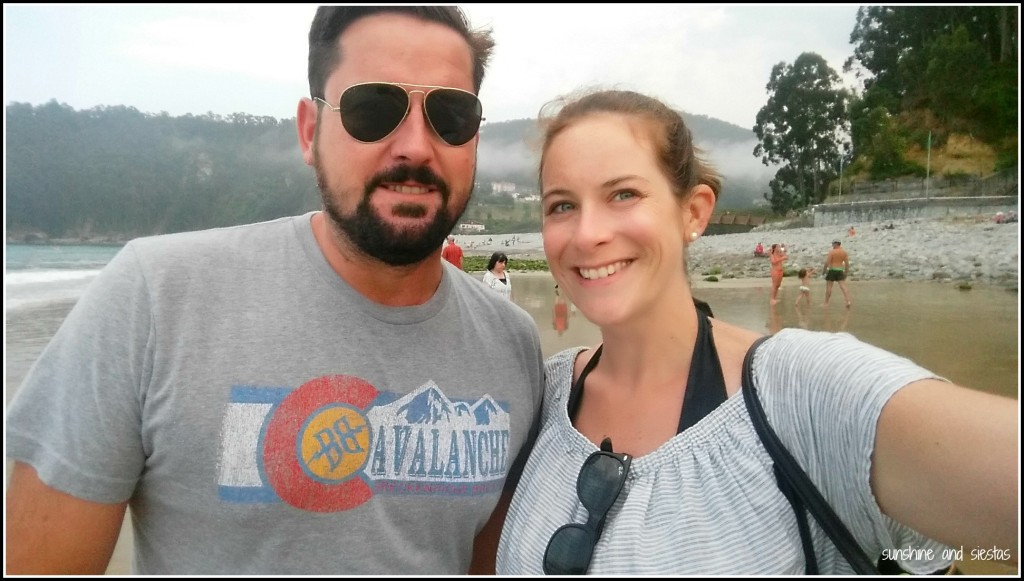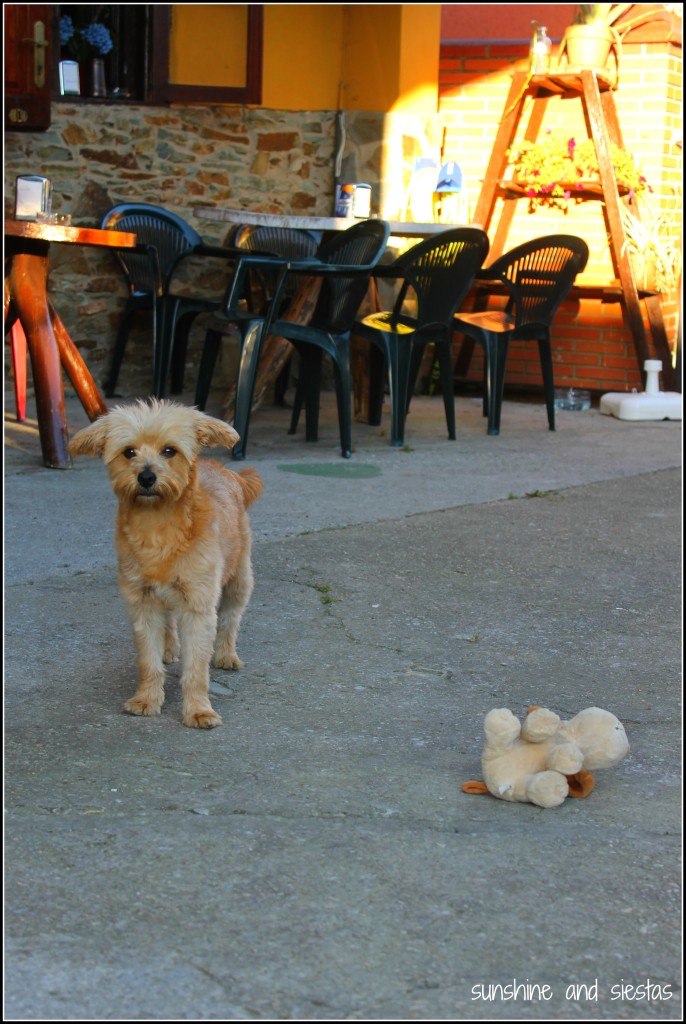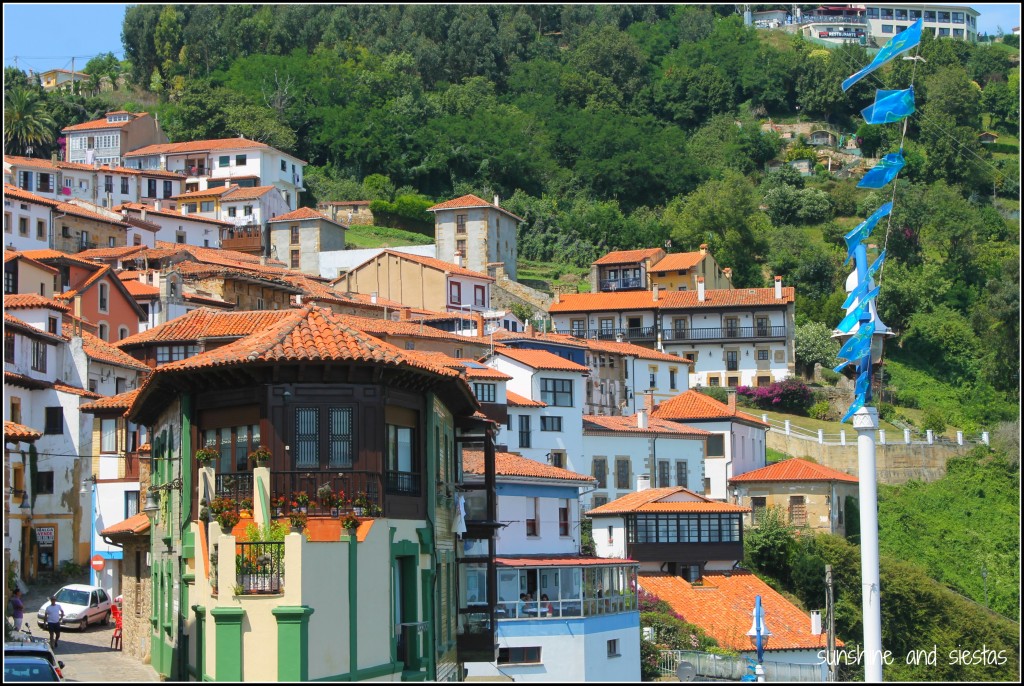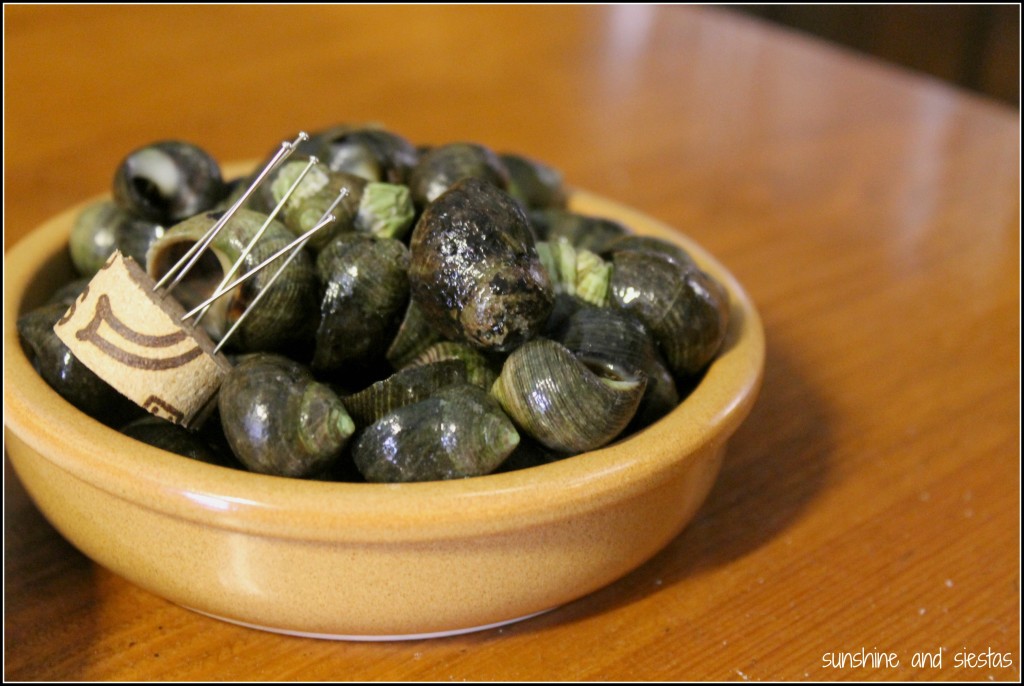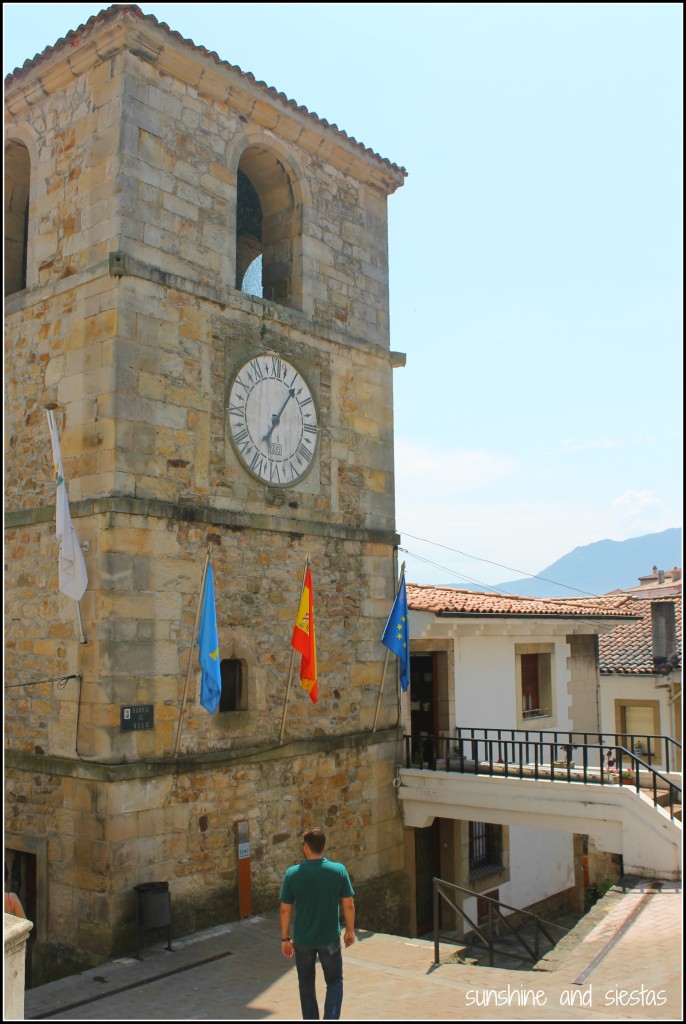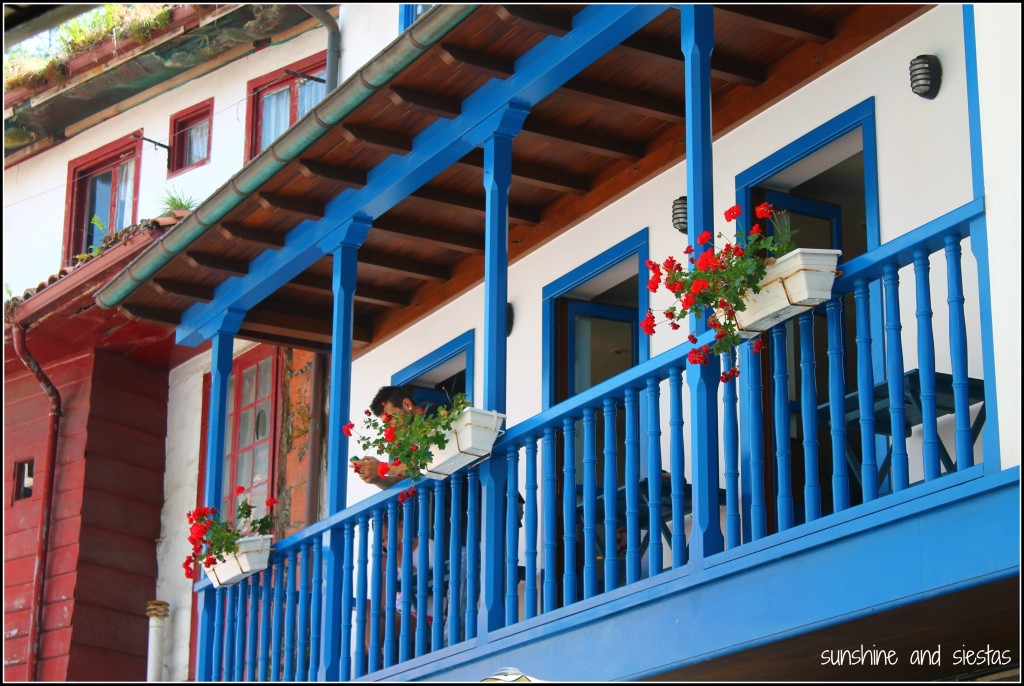You don’t need to travel from Madrid to Provence to see lavender fields in bloom this summer.
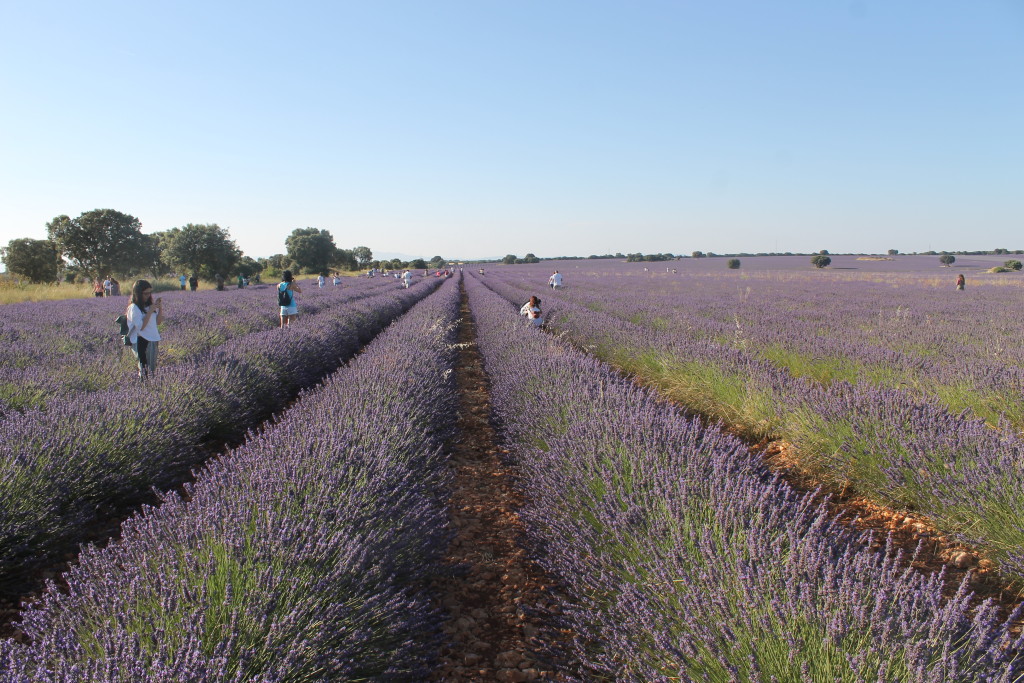
Brihuega, a blip of a village in the Guadalajara province, has come to produce close to 10% of the world’s lavender. My parents had a few scattered plants in the backyard of my childhood home, and, along with lightening bugs and scrapes on my knees, the lavender bloom was the true sign of summer. During a rare weekend without my kiddo or the Novio, I stumbled across the Festival de la Lavanda, a touristic initiative in Brihuega to celebrate the town’s most famous resident.
Open road, the scent of lavender hanging over a village and a muggy afternoon ahead of us, Danny, Inma and I headed northwest on the A-2 motorway shortly before lunchtime. “¡Ponte algo blanco!” Inma urged, reminding me that the soft purple would pop more if I wore something white or light-colored. The two-lane highway was crammed with cars descending into a town of barely 2400, and the bars were much the same. In a province where fields are often tinged yellow by the sun and heat at this time of the summer, the lavender fields shone a vibrant violet.
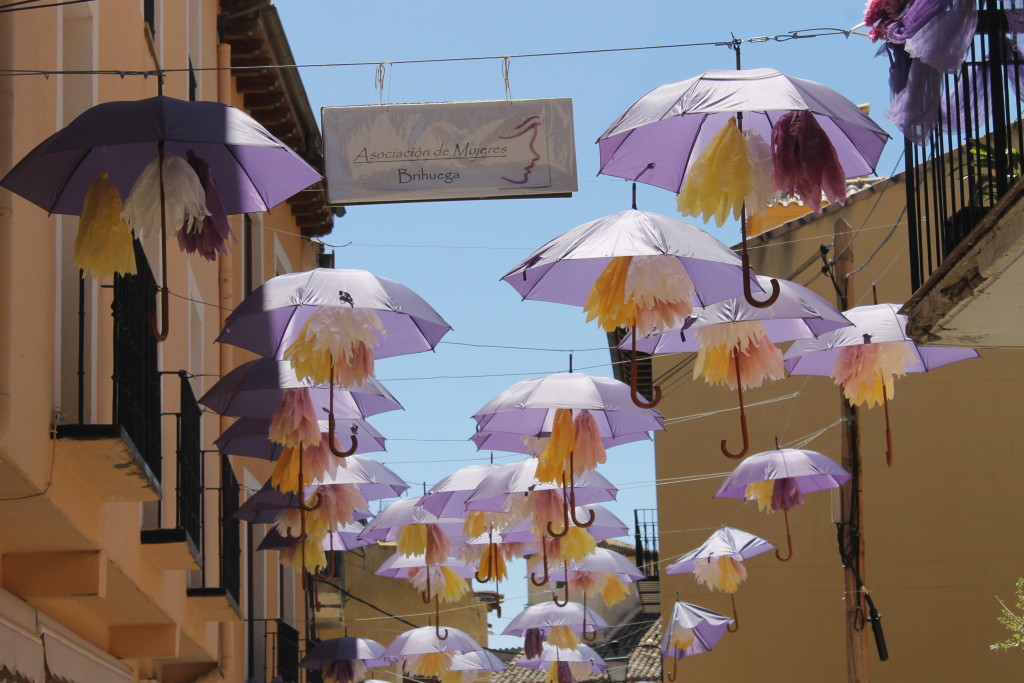
Lavender is huge business in this little town – half of the shops are dedicated to selling products made with the flower, from cosmetics to lavender-infused cakes to handkerchiefs embroidered in violet. Although Brihuega has only been producing for around three decades, the festival has gained national and international attention in Spain – in fact, it has only been celebrated for seven years!
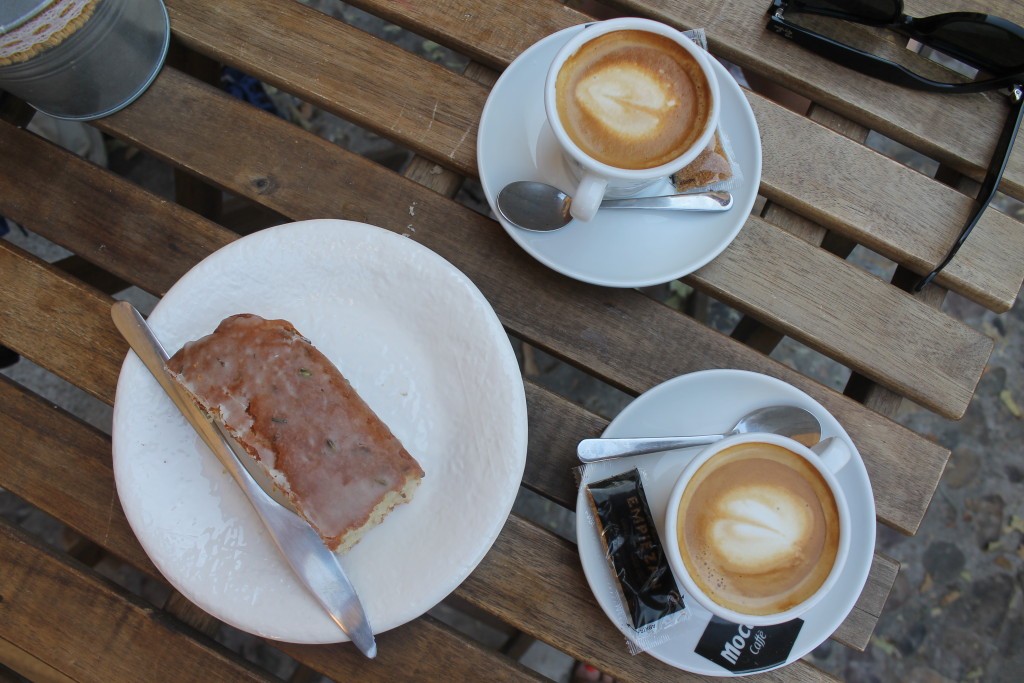

The story goes that the village and the pedanías surrounding it relied heavily on the Real Fábrica de Paños, or a linens producing facility, for work and commerce. When production was reduced, farmers in the area began to look for different business avenues to help keep Brihuega from becoming a ghost town. Andrés Corral reputedly went to France and, upon discovering that his hometown’s agricultural conditions were ideal for cultivating and harvesting lavender, began to plant.
To date, there are around 1000 hectares of lavender in Brihuega and Villaviciosa, and Spanish haute fashion house Loewe derives many of its perfumes from Brihuega’s aroma. Who ever said the Spanish weren’t innovative or took risks?
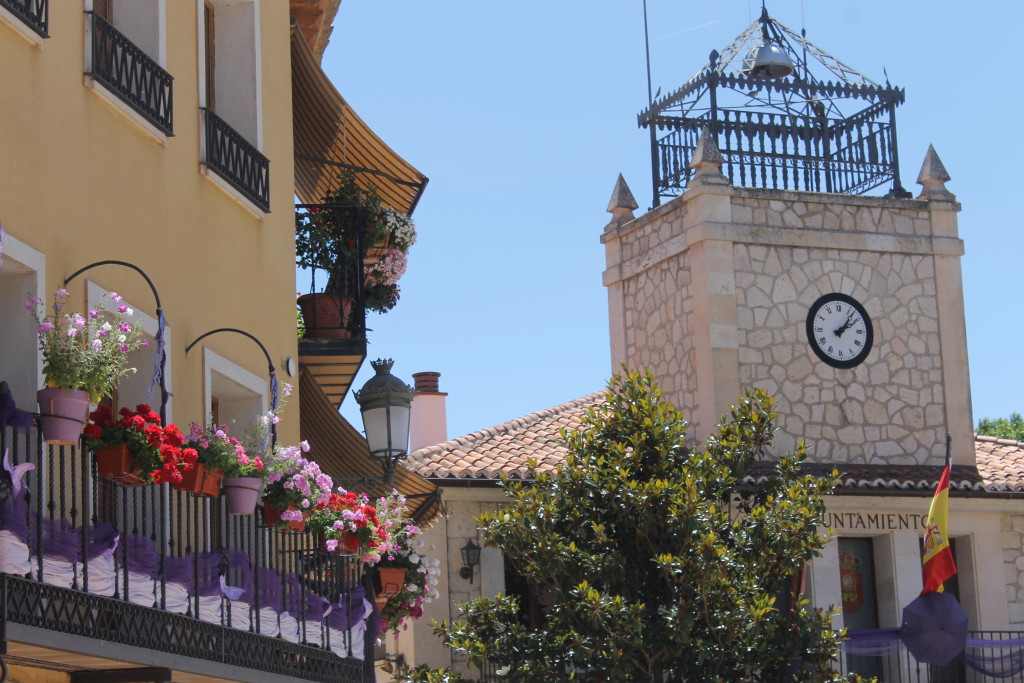
While in town, there isn’t much to see but the winding, narrow streets open up to small, cozy plazas. Since the bars were packed with other tourists, we ate most of our lunch a base de tapas – snacking on the morsels bars give you with your drink order. Apart from the lush Jardines de la Antigua Fábrica de Paños and old city ramparts, you can visit a smattering of old churches and convents, as well as the city history museum.
Post-coffee and souvenir hunting, the lavender fields were waiting. The sun was still high enough when we left that we beat most of the crowds and were able to park just a few feet off of the fields, which rolled over knolls with exposed earth, each hump bursting with violet blossoms. I went to Provence as a 16-year-old on the tail end of the lavender season, but this time, I was intoxicated by the smell and the stark way the color popped against the sky and the soil.
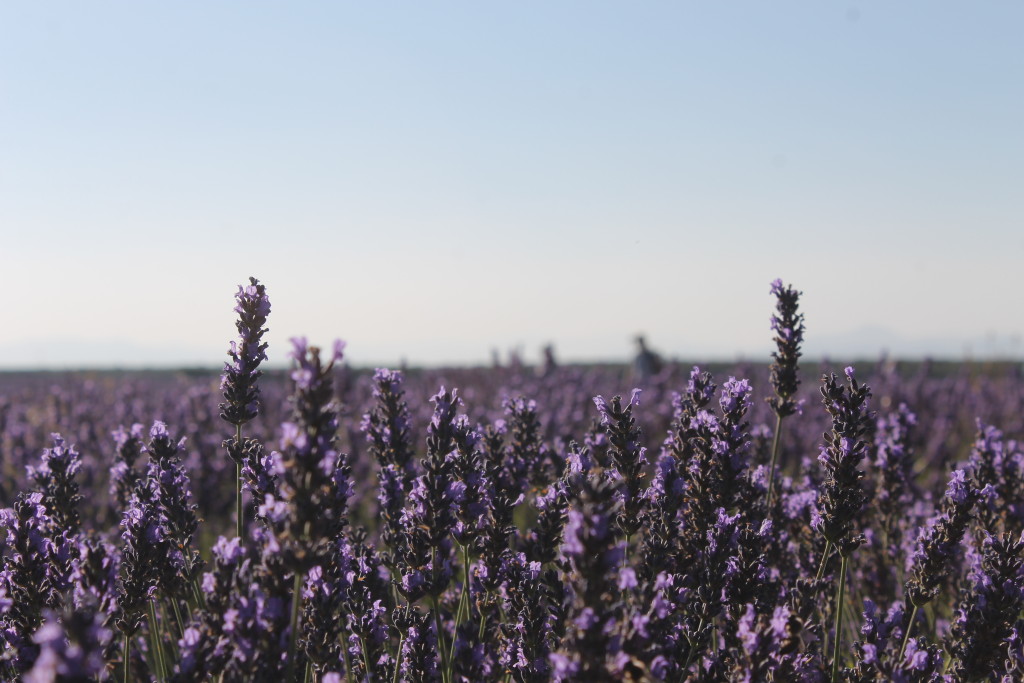
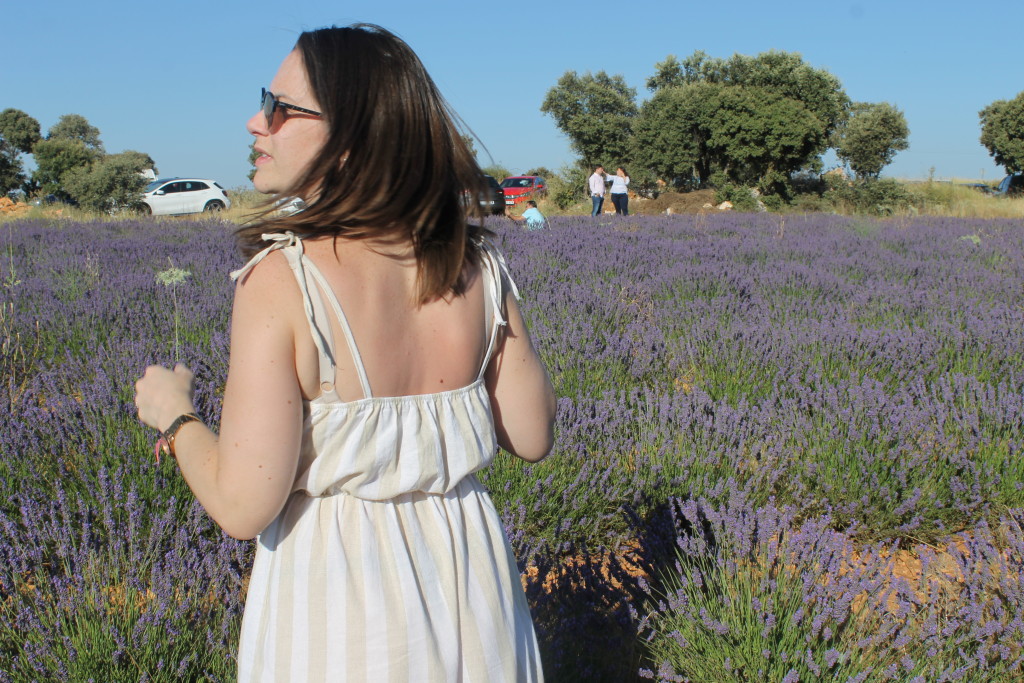
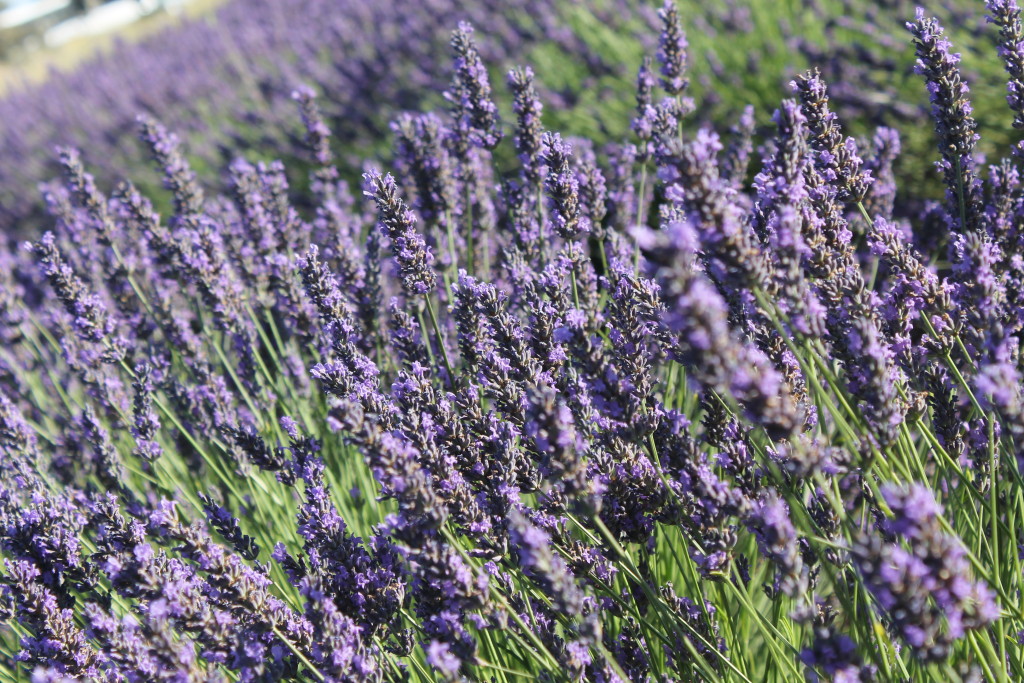
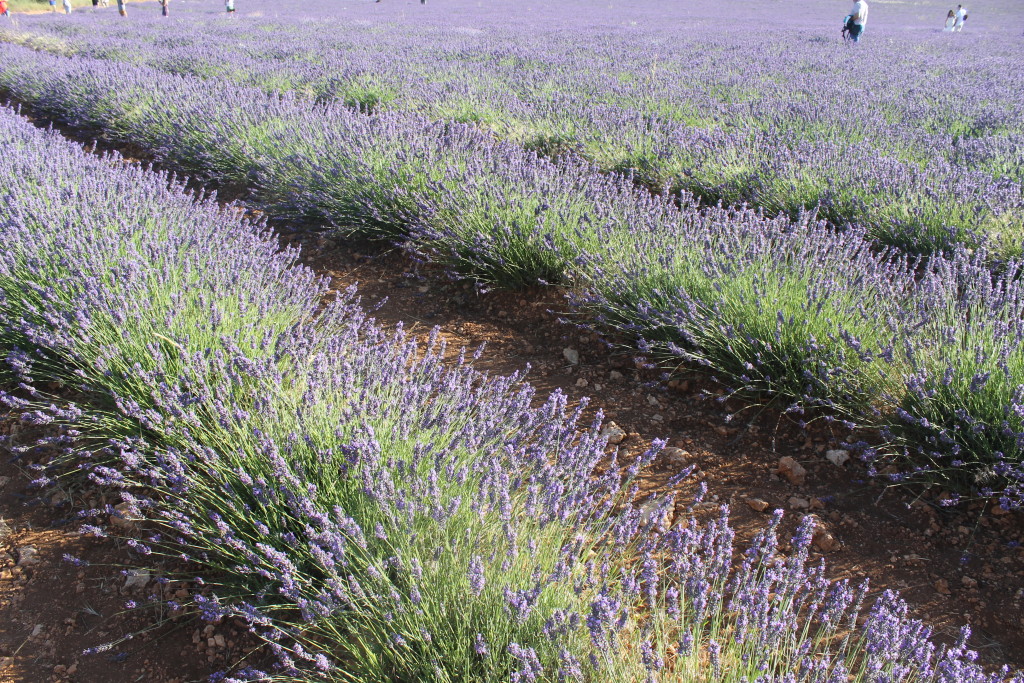
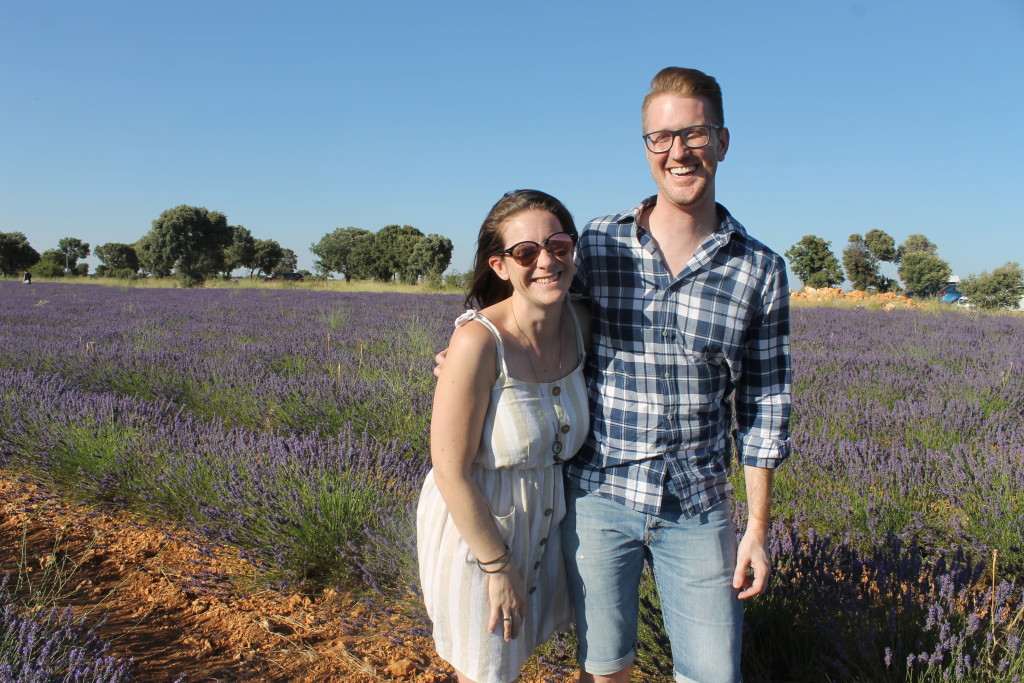
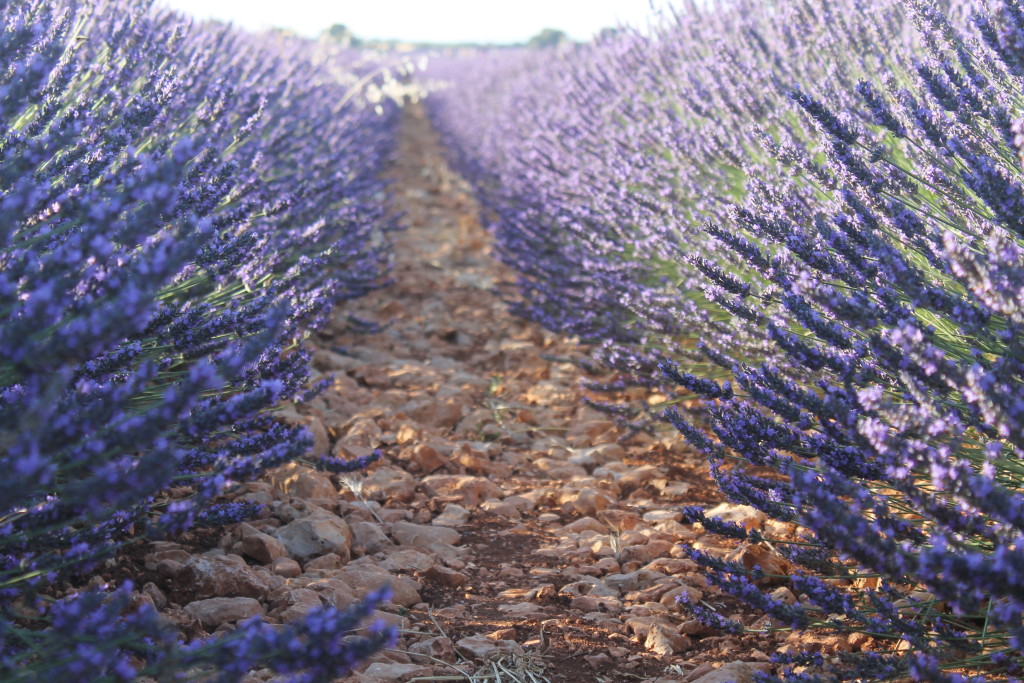
When is the Brihuega Lavendar Festival?
The typical bloom time lavender is in the summer, from late June through July. This, of course, depends largely on the climate during the spring, but it’s safe to assume that the booms are at their fullest around the second and third week of July.
The 2019 Festival de la Lavanda in Brihuega will be celebrated the weekend of July 19th with a series of outdoor concerts (you get seated among the rows of plants!), guided tours and street decorating contests. You can purchase concert tickets on the official website as well as reserve a spot on the guided tours for 4€.
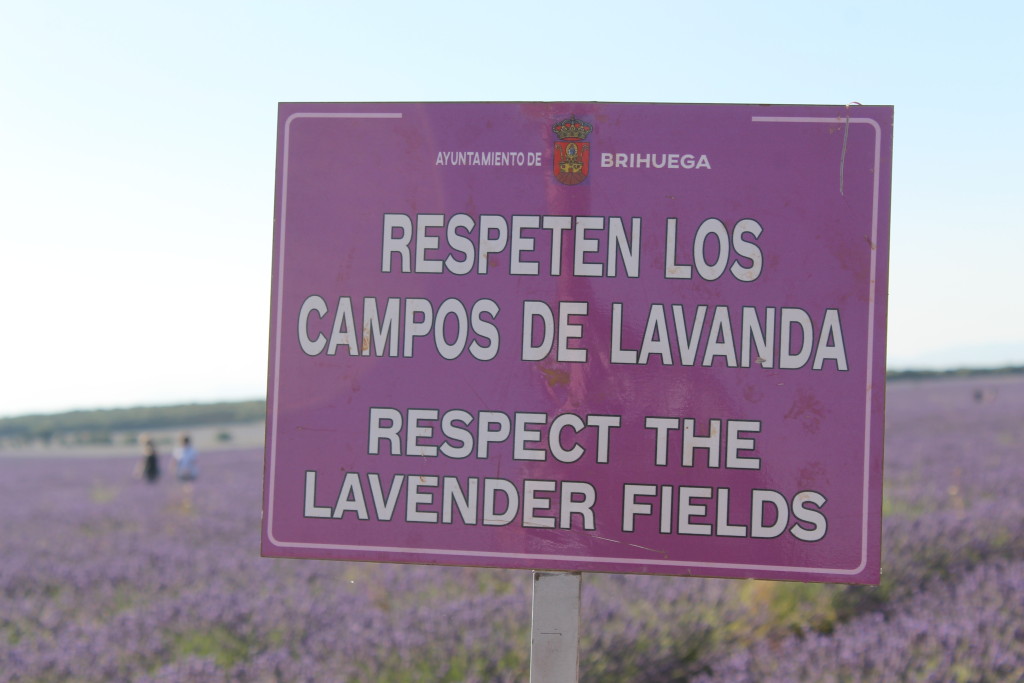
How to visit the lavender fields in Brihuega
The best time of day to see Brihuega’s acres of lavender crop is around sunset, though this is the busiest time. There are designated parking areas if you travel by car, and the tourism office offers limited spots on chartered buses for 4€ during weekends in July at 7pm and 8:30 pm, just as the light wanes.
There are no facilities, so be sure to bring water and a fan if it’s hot. There are also swarms of bees, in case you’re allergic. Uh, and sandals are not the way to go because you’ll be jumping over the bushes and walking on uneven terrain.
Getting to Brihuega, Spain
It’s easiest to reach Brihuega via car – the pueblo is about 90 kilometers northwest of Madrid. From the A-2, take exit 73 and follow signs towards the village or the other town attraction, Mad Max’s miniature museum. This will also allow you to visit the lavender fields at your own pace.
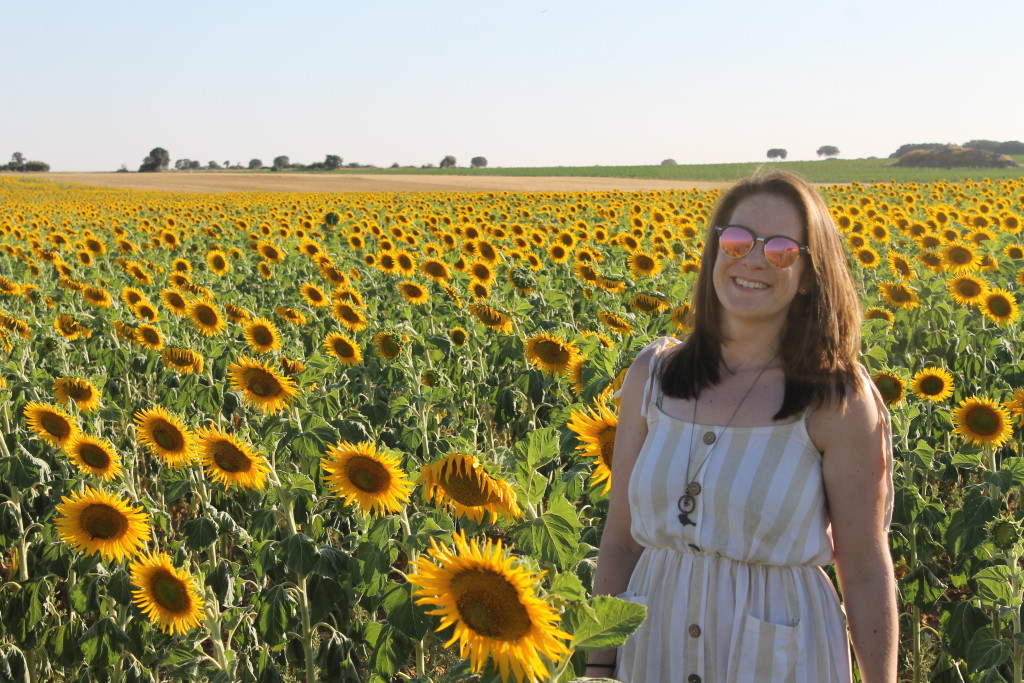
If you’re coming from Madrid or Zaragoza, connections through Guadalajara offer regular bus service to Brihuega through Autocares Samar. You can find hours and prices on the village’s tourism page. The village is surrounded by over a dozen lavender fields (over a thousand hectacres of the beauties!) but also sunflower fields you should stop off at, if you have the time.
Summertime is rife with festivals in Spain, ranging from traditional to bizarre to well-known fètes, like La Tomatina or Los San Fermínes.

What are your favorite small town festivals in Spain? Share them with me in the comments!

